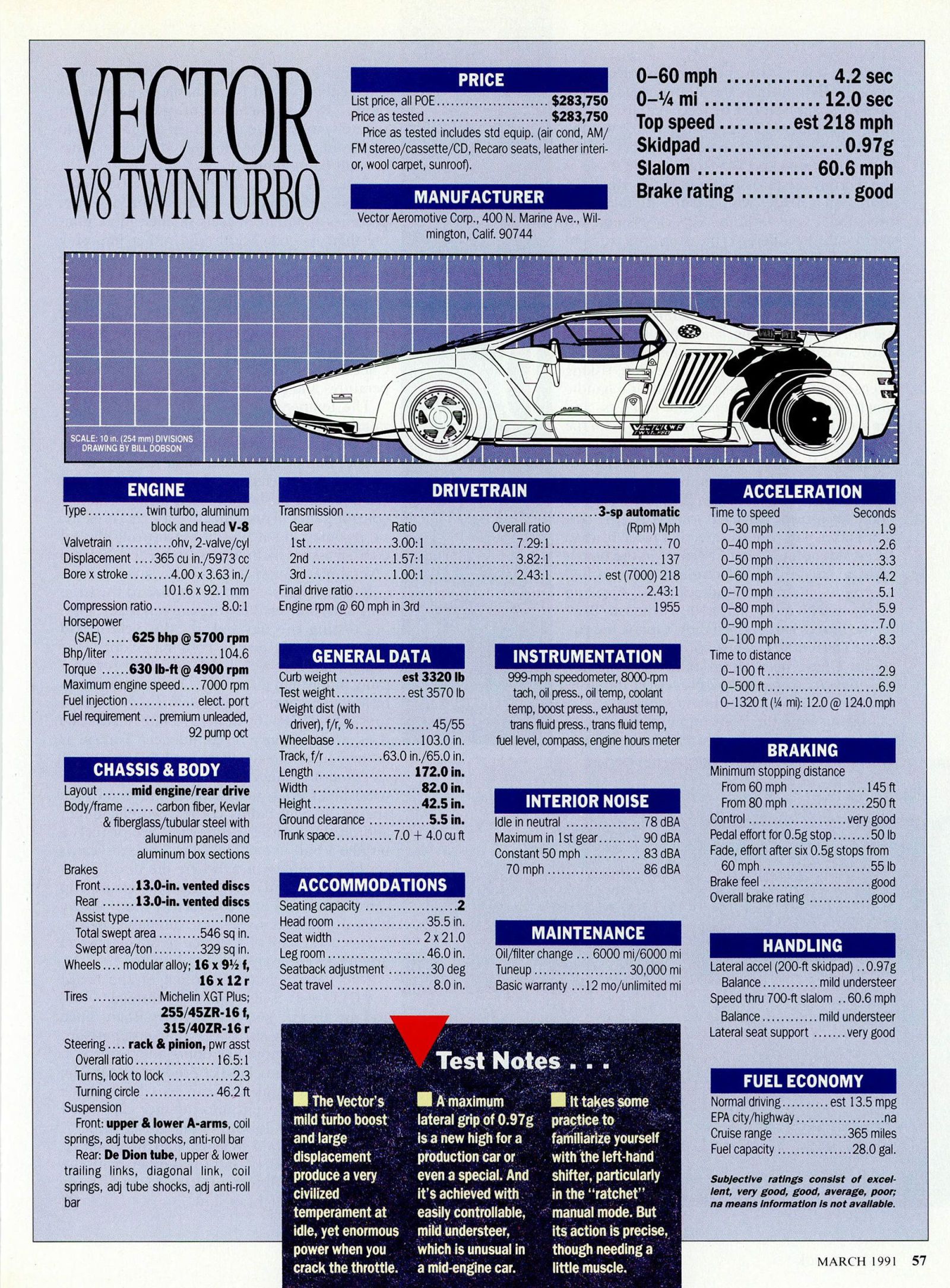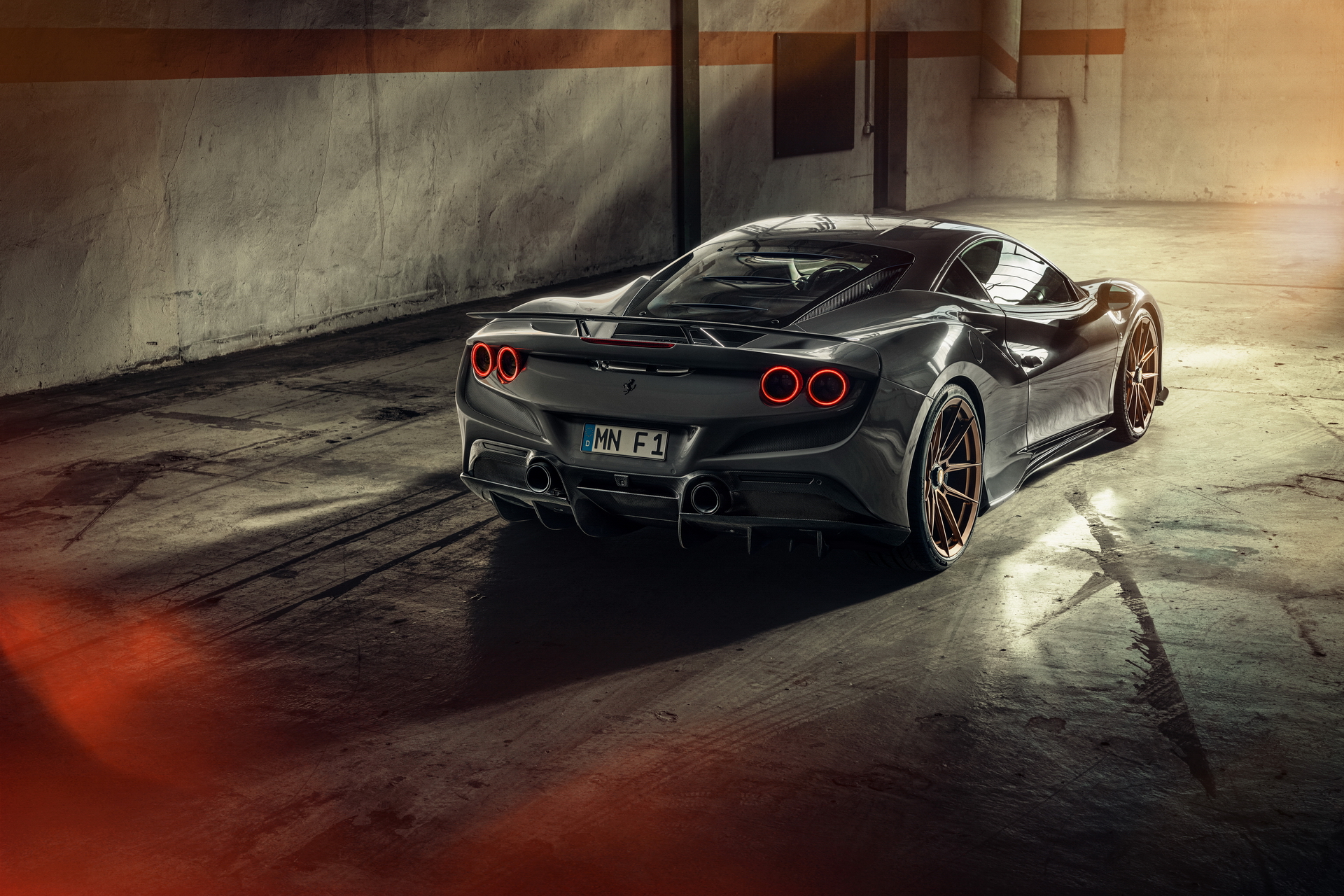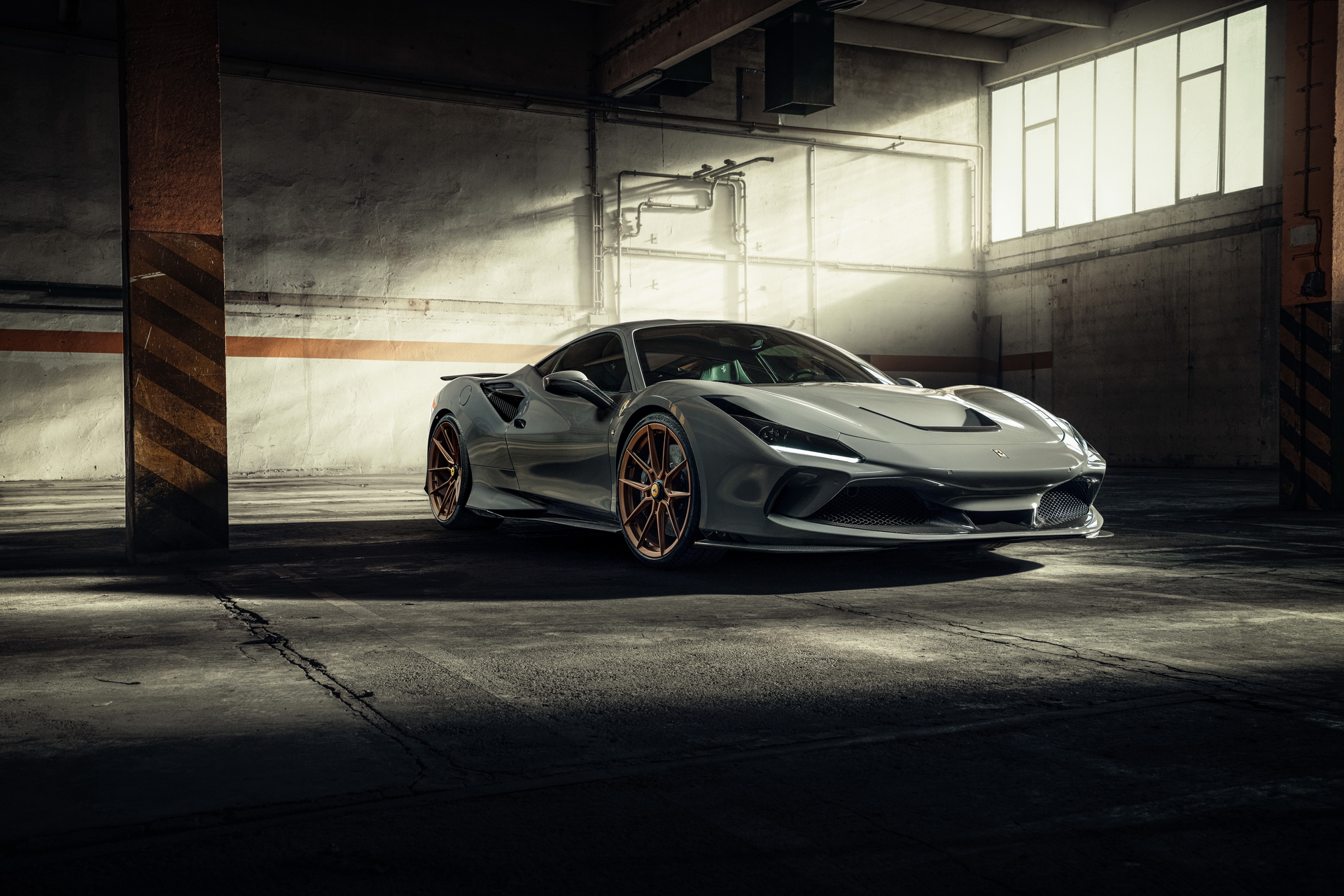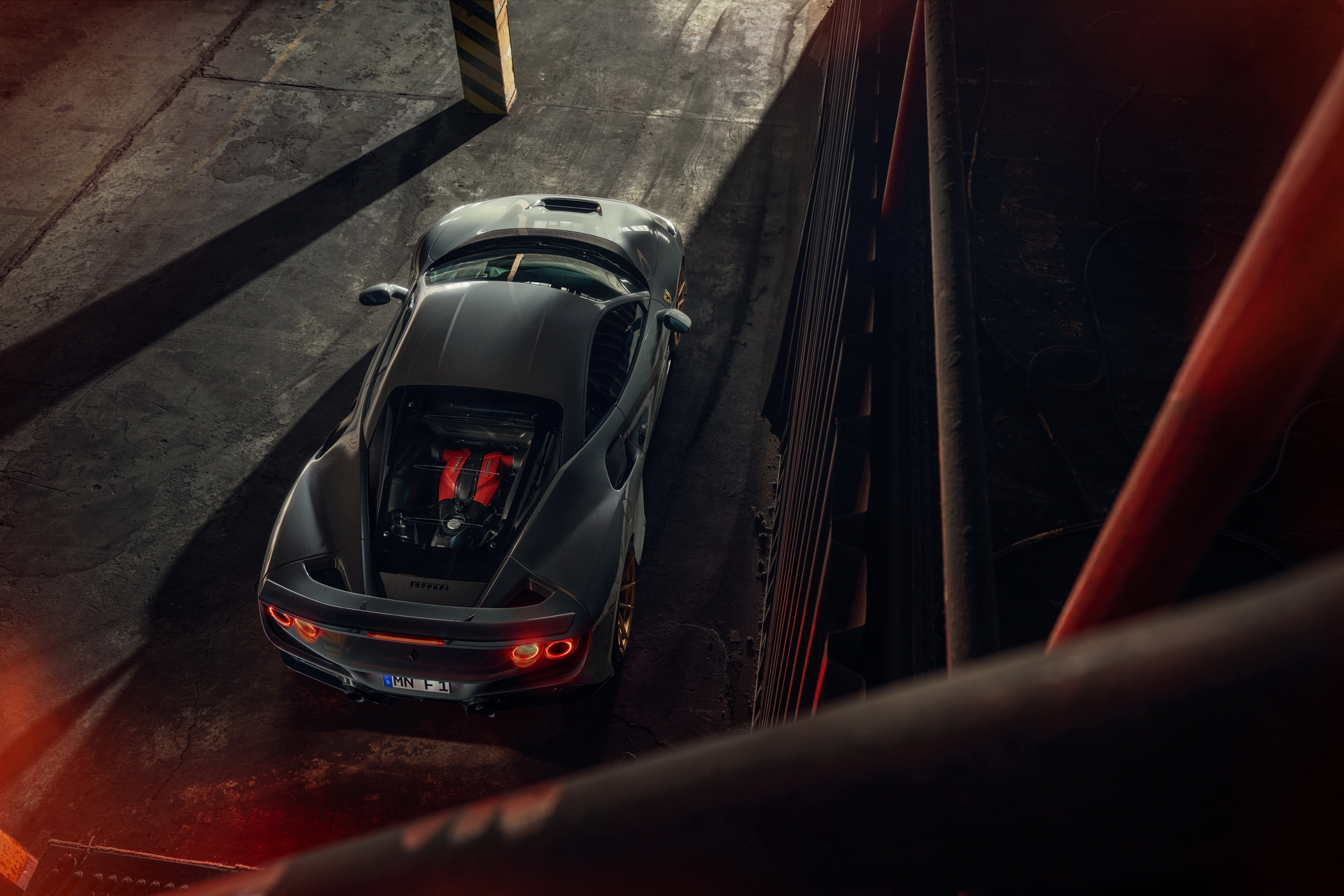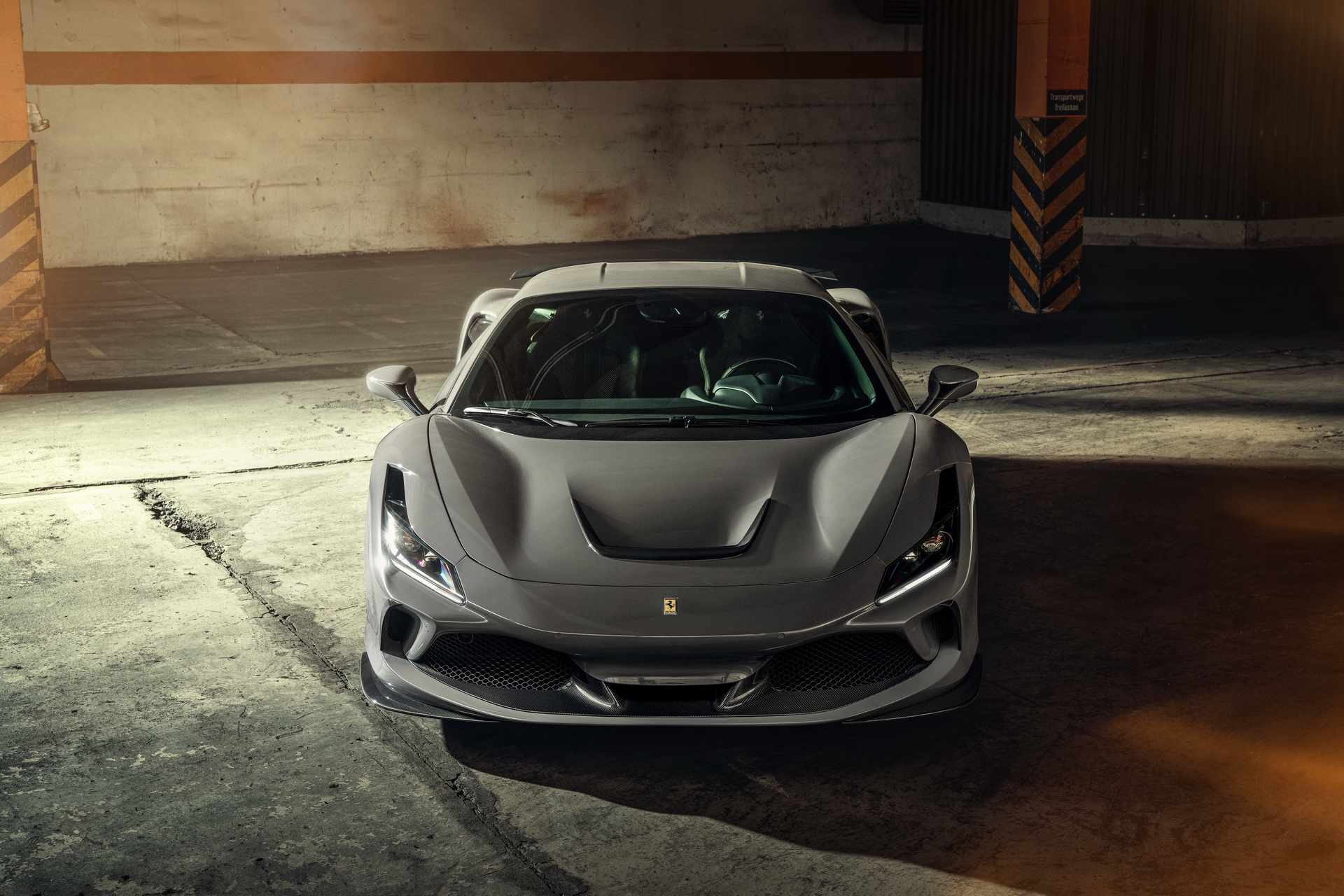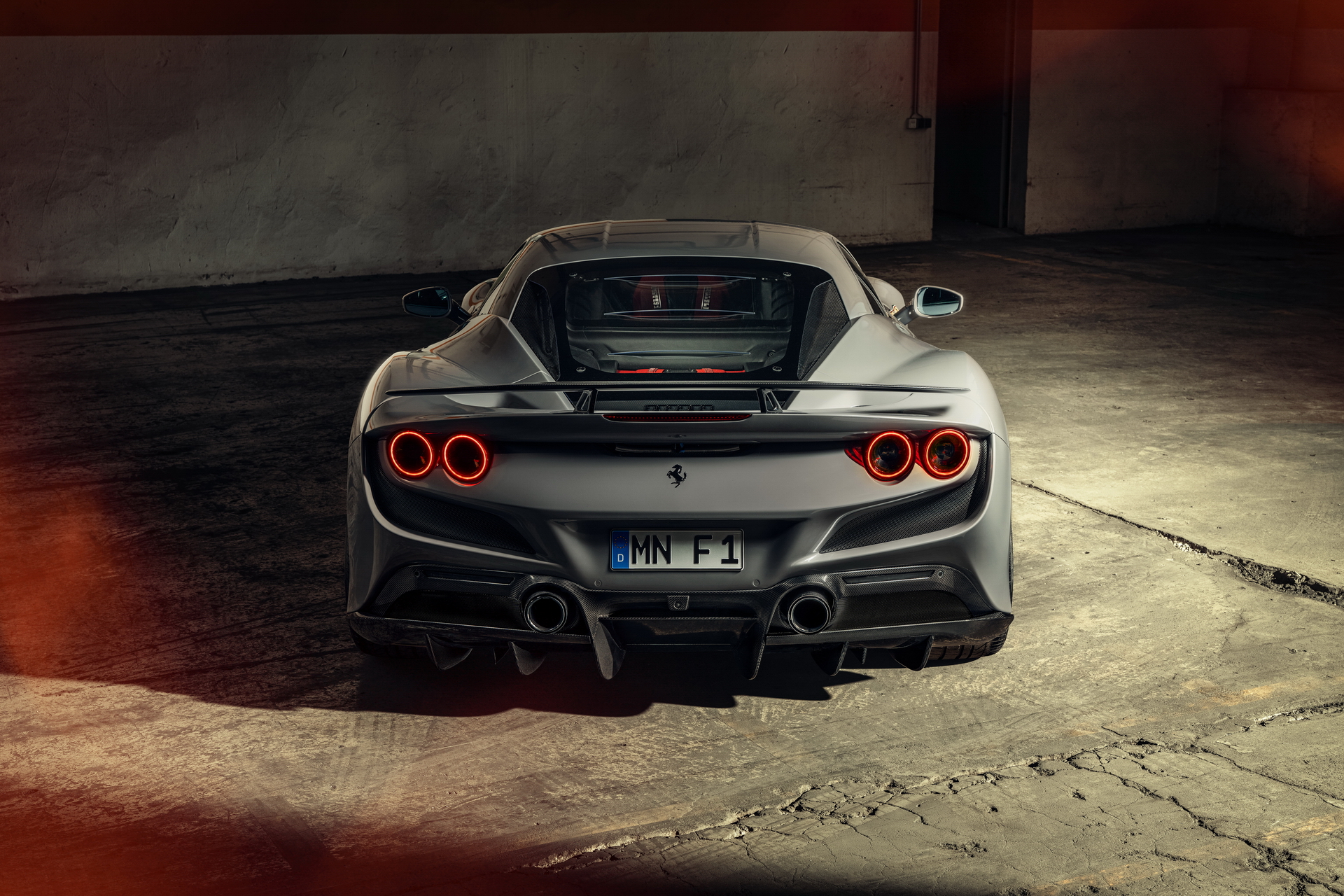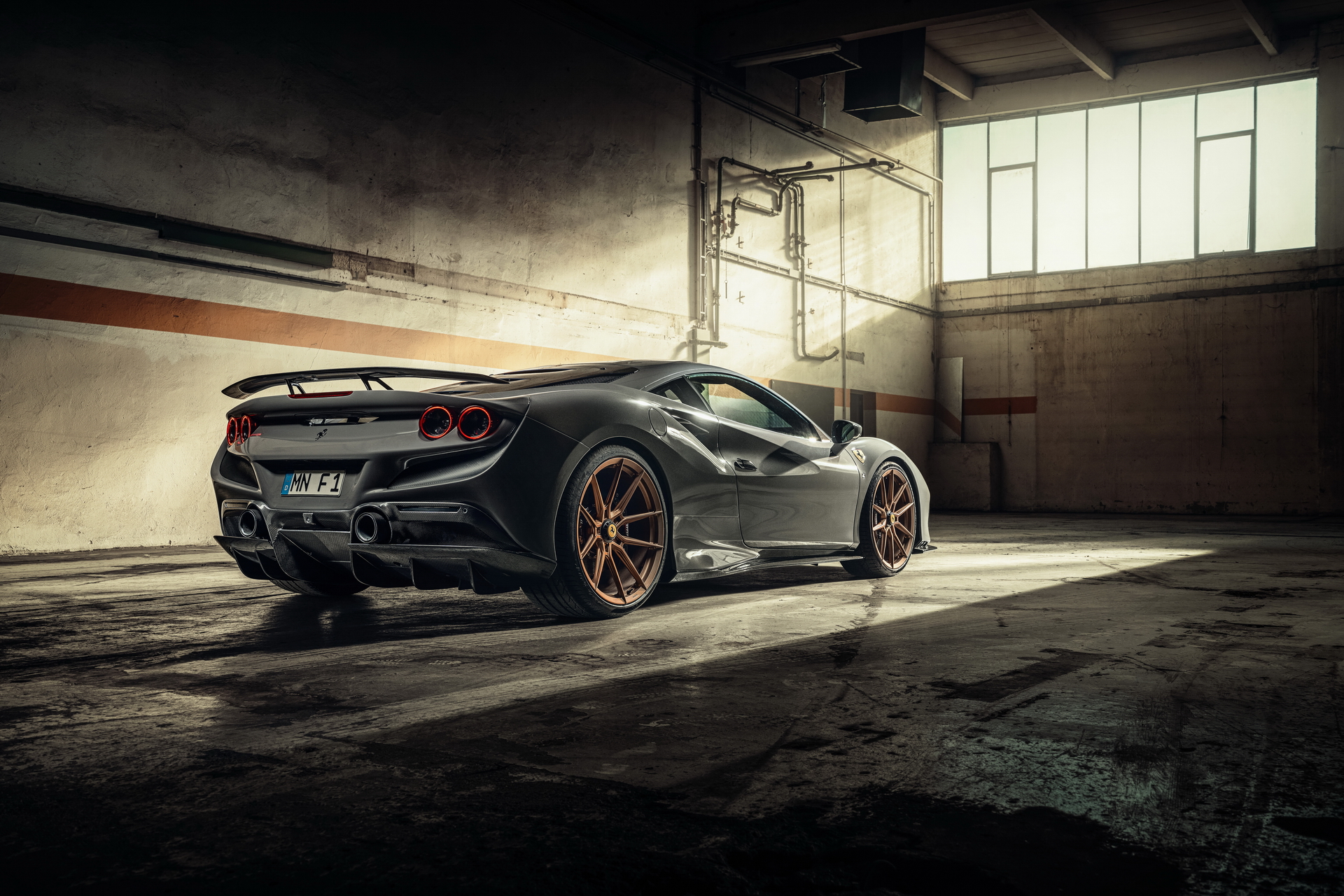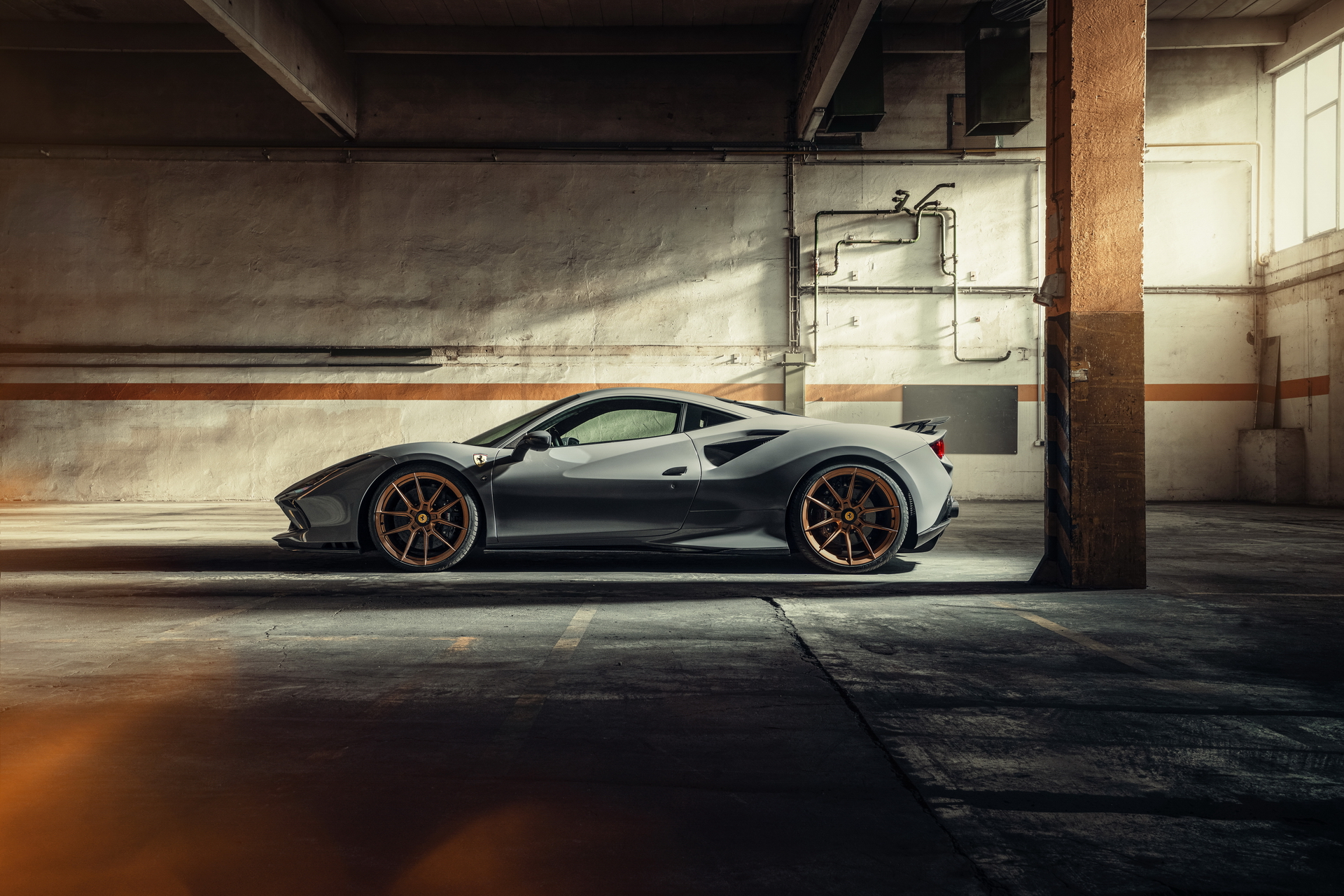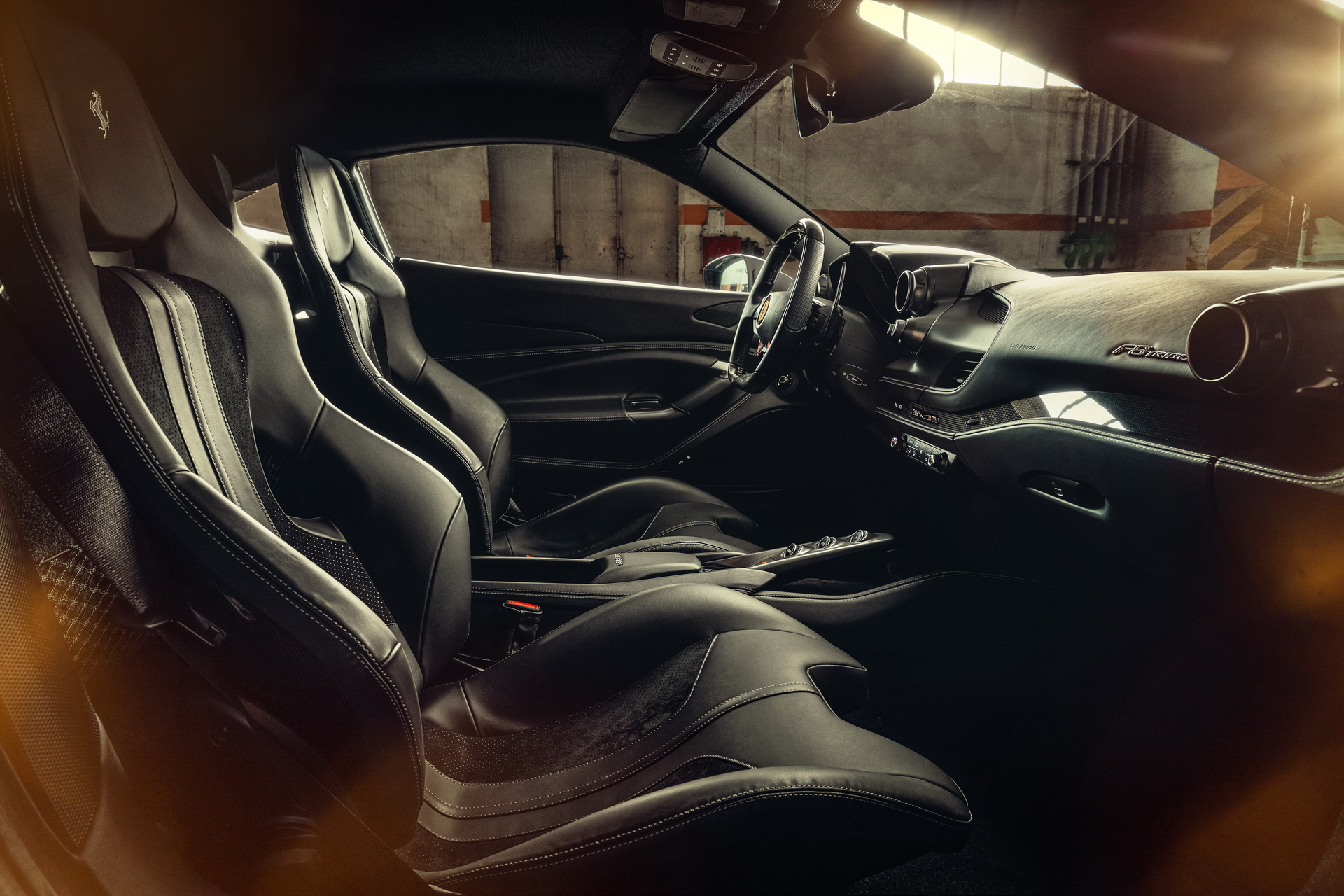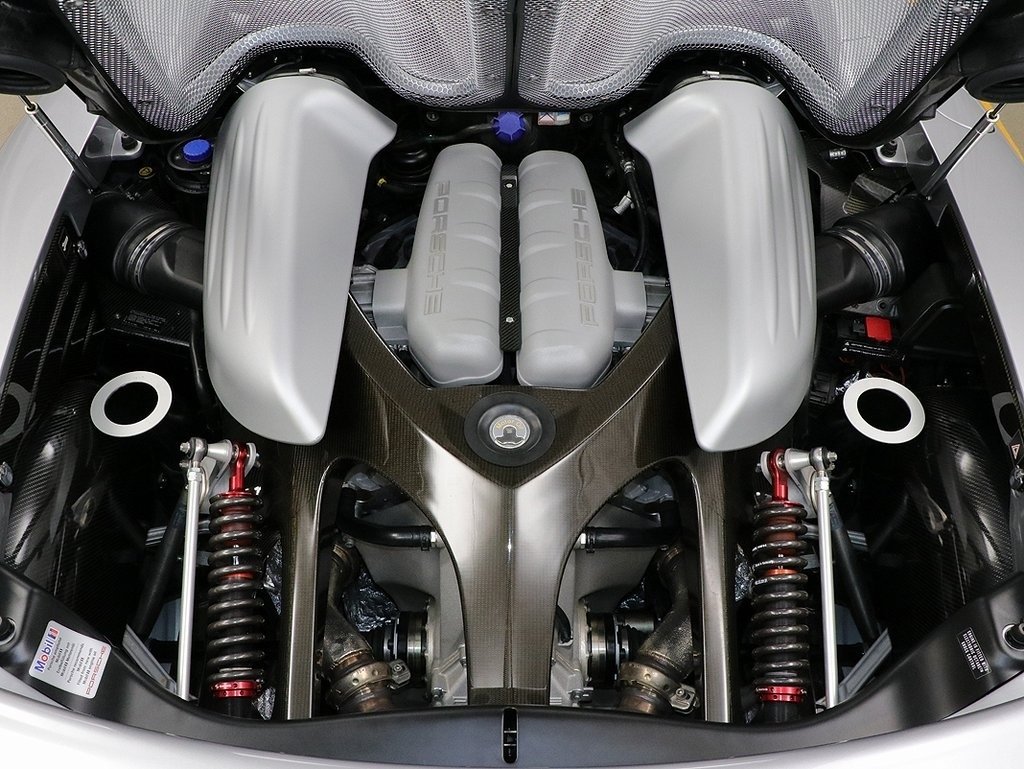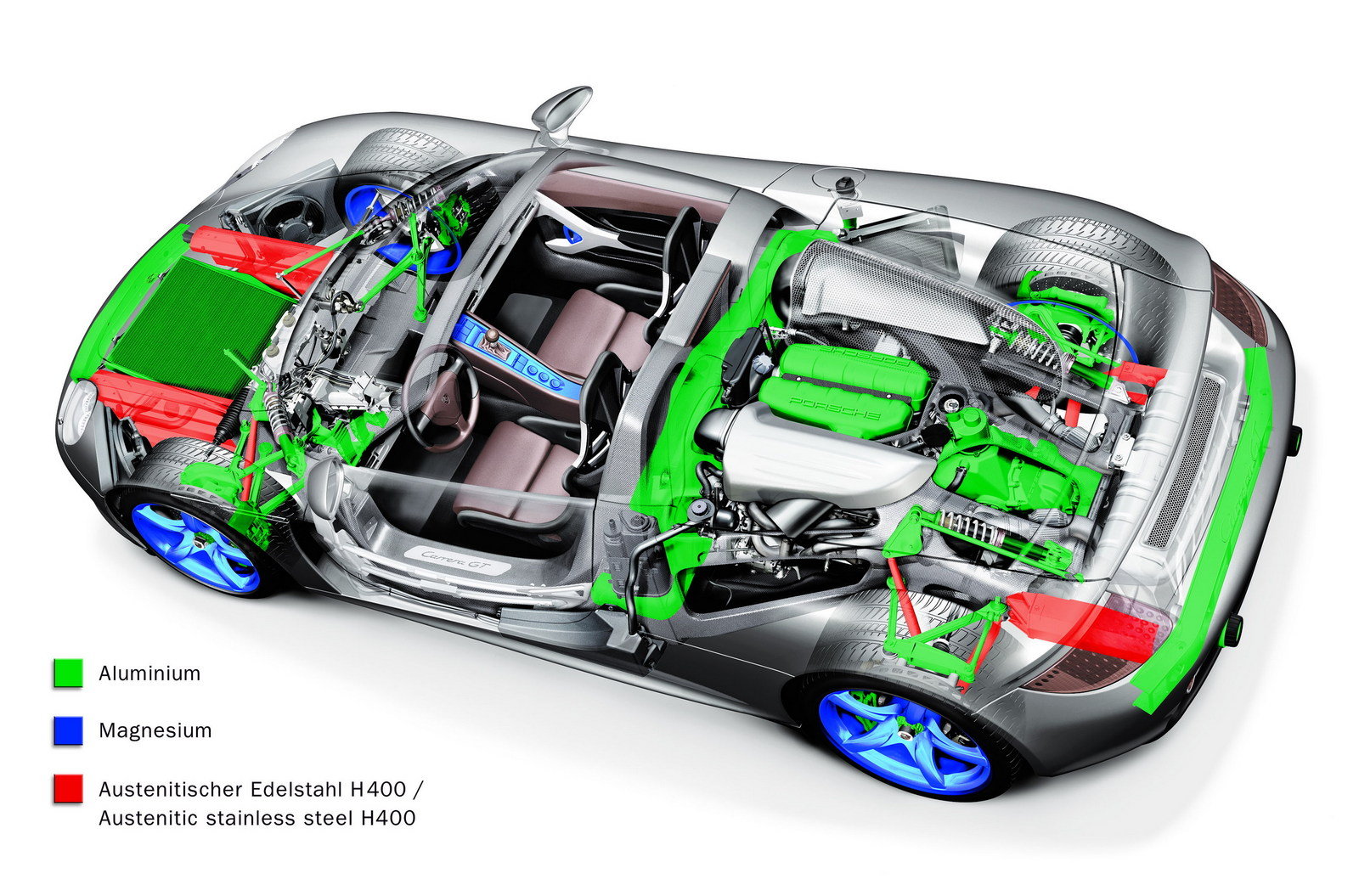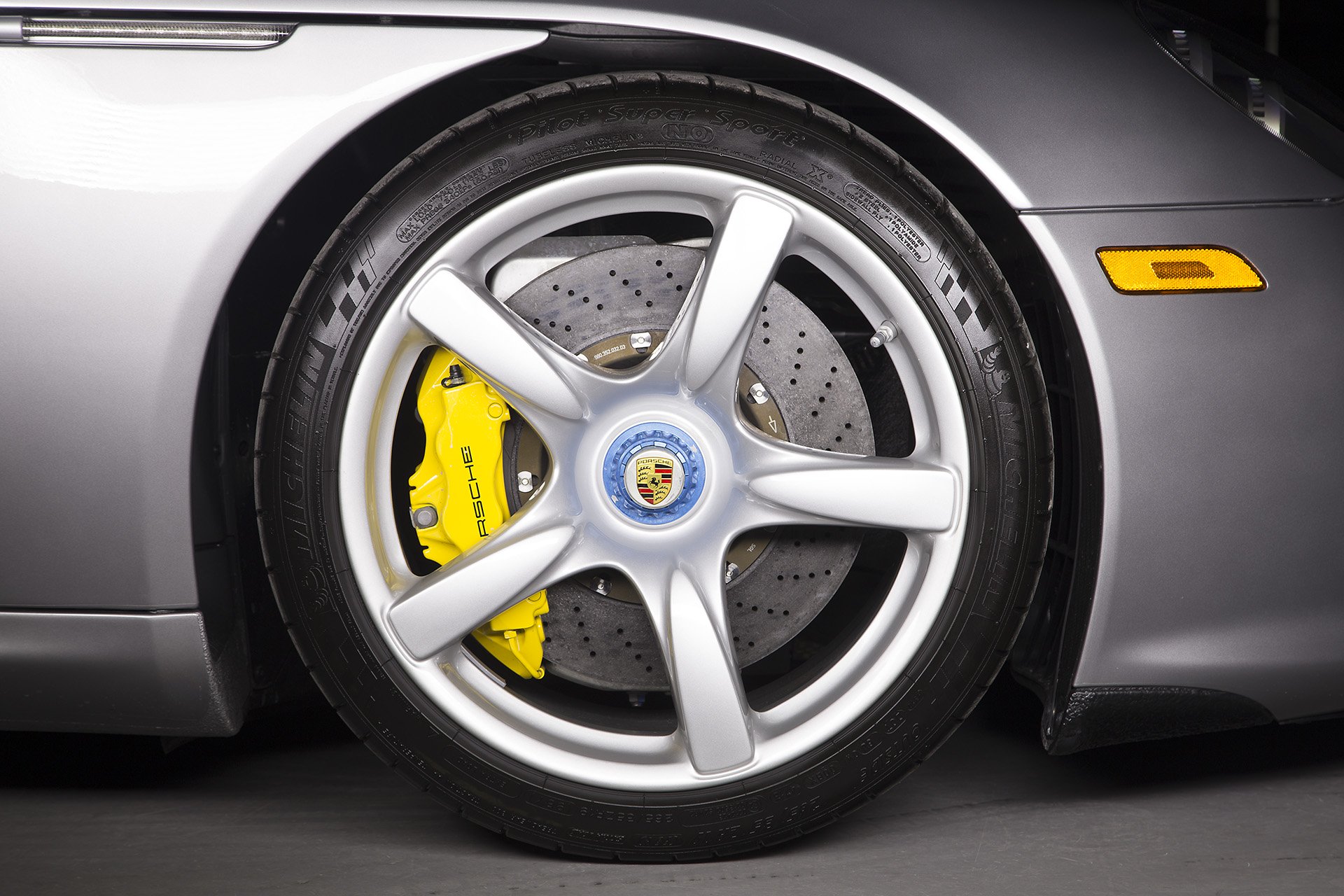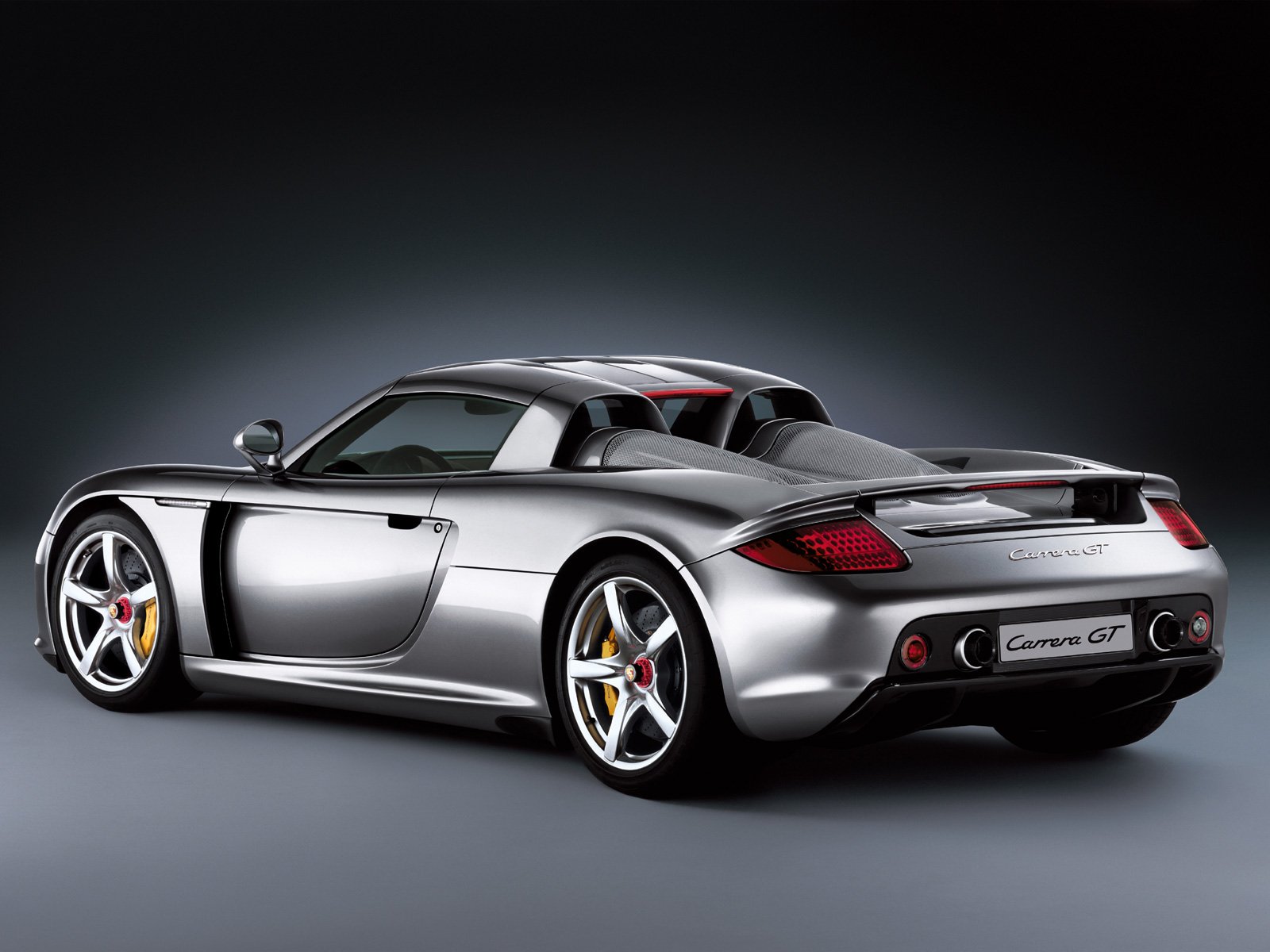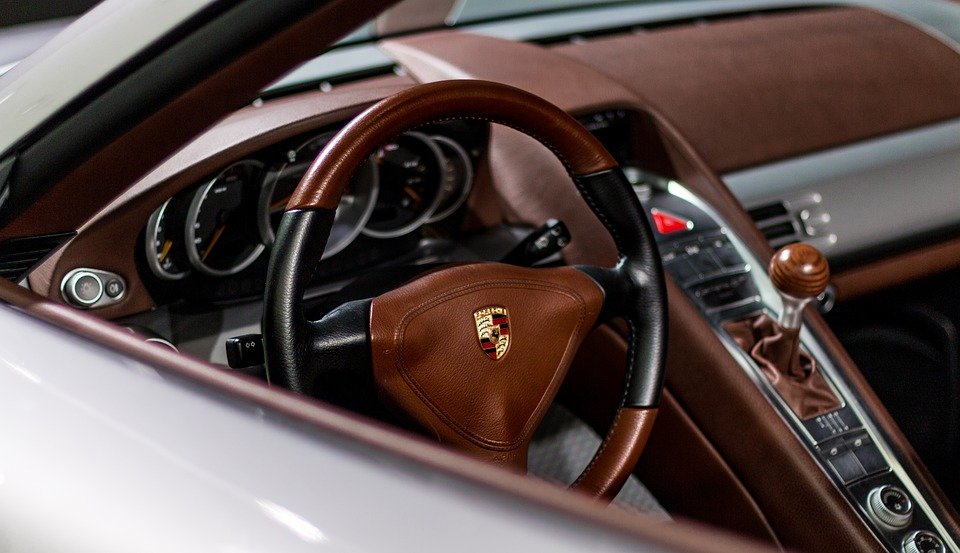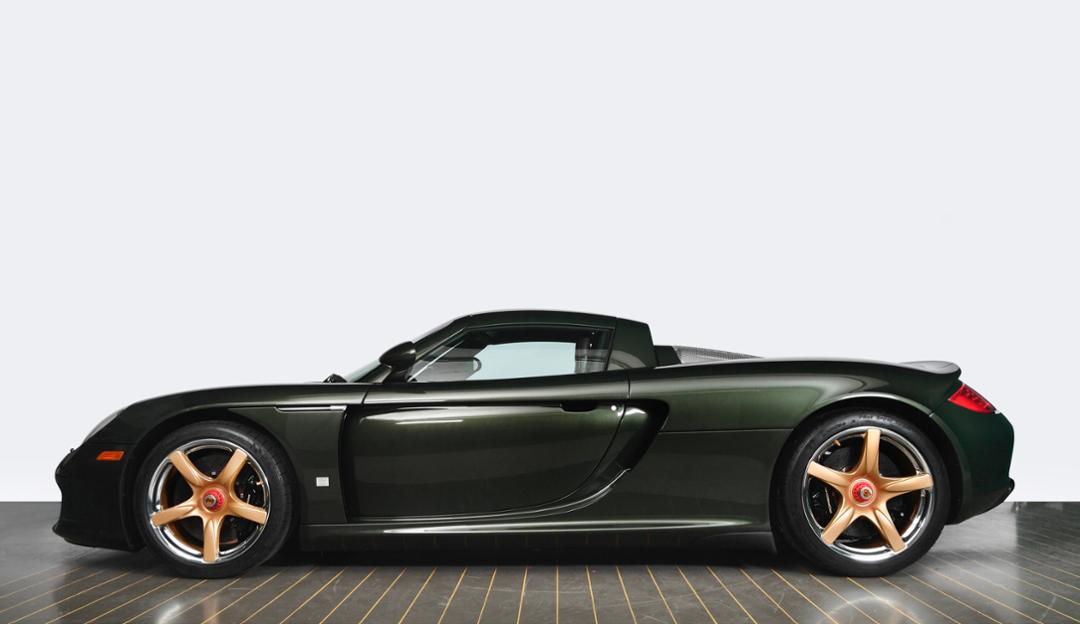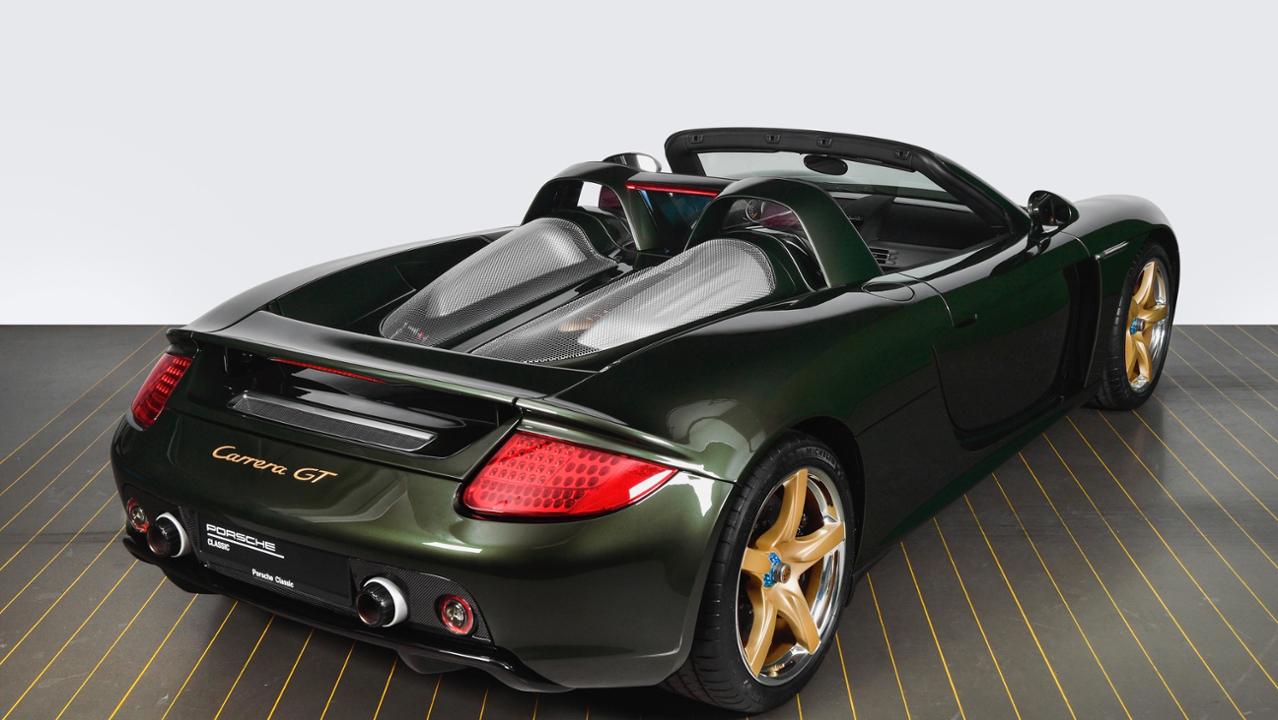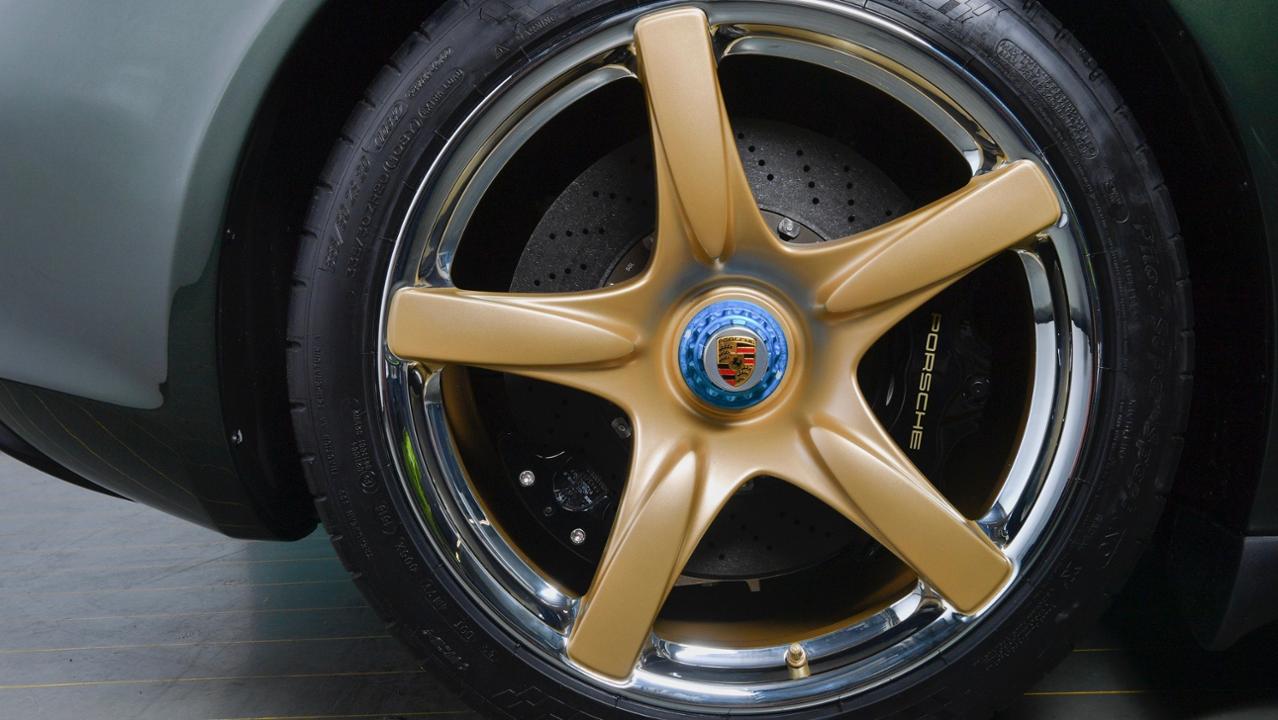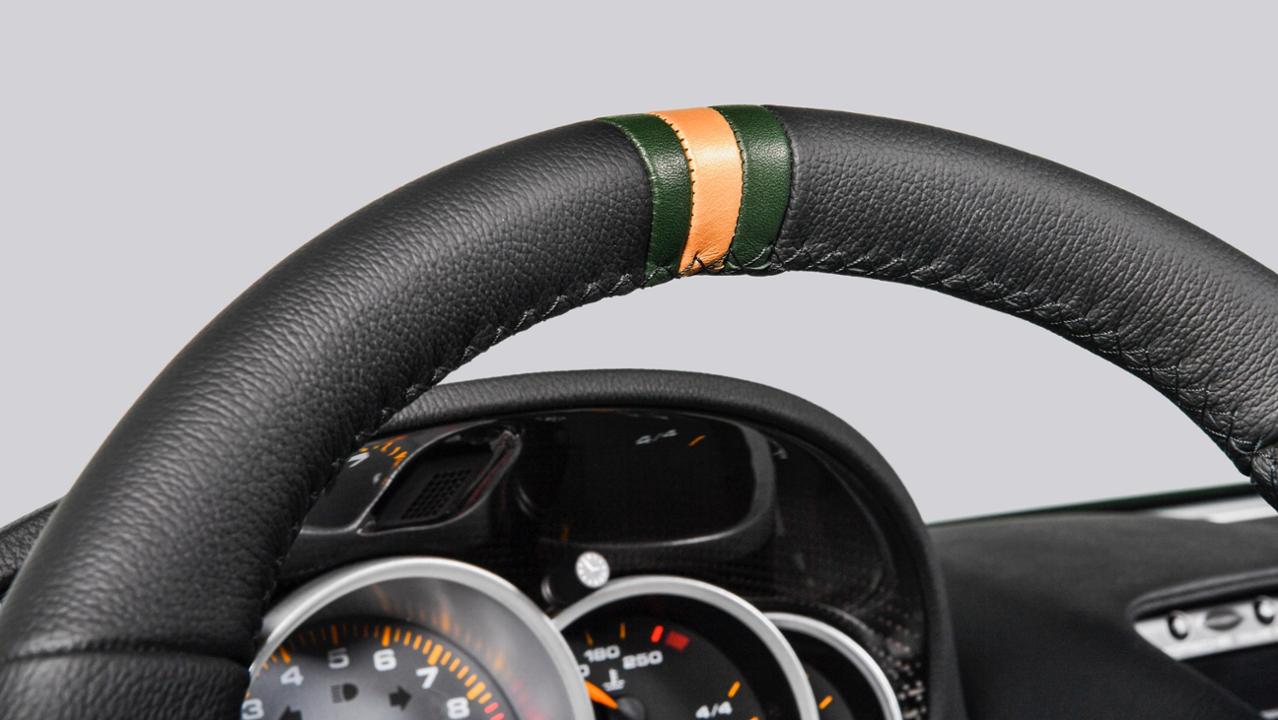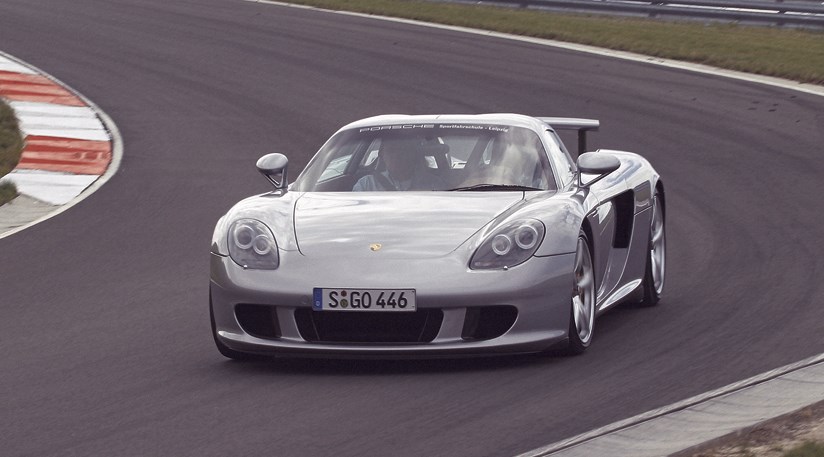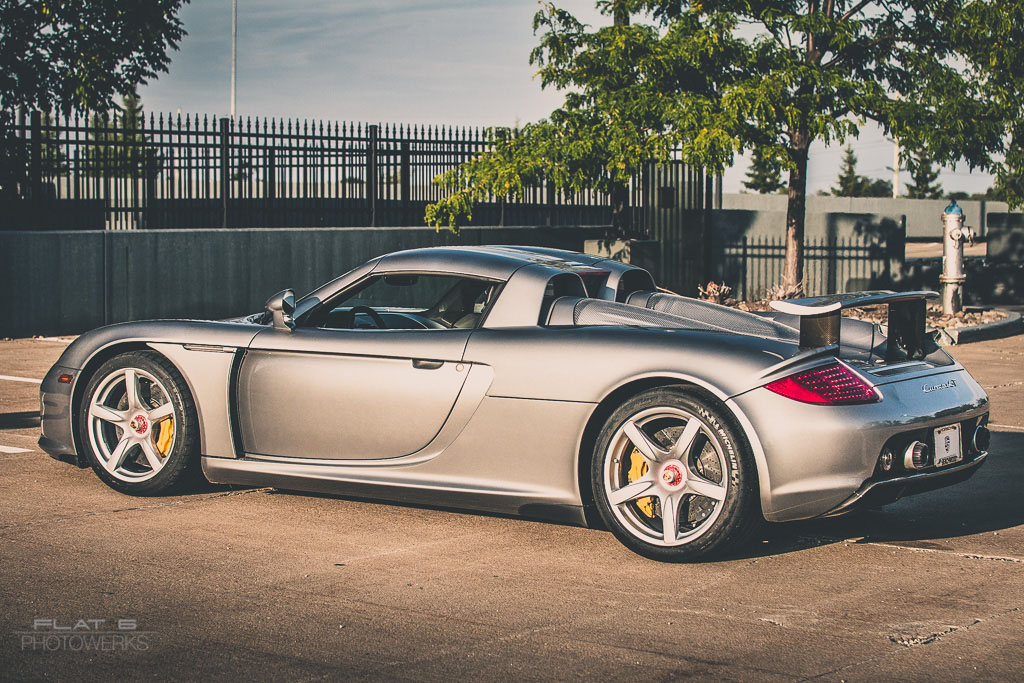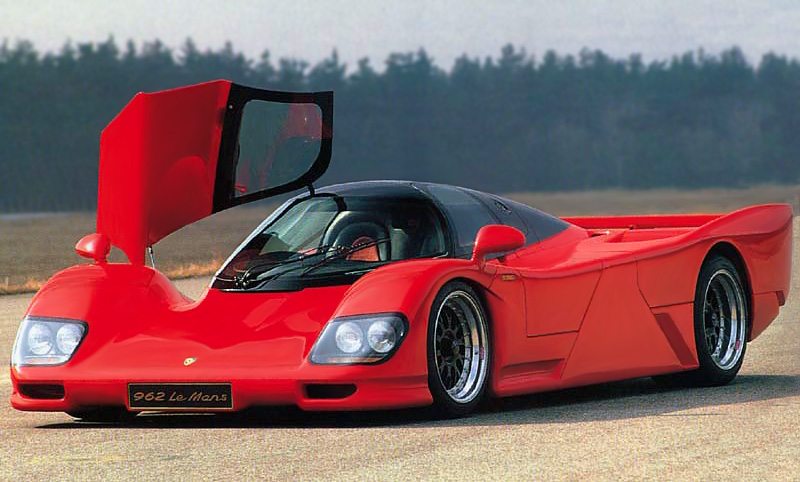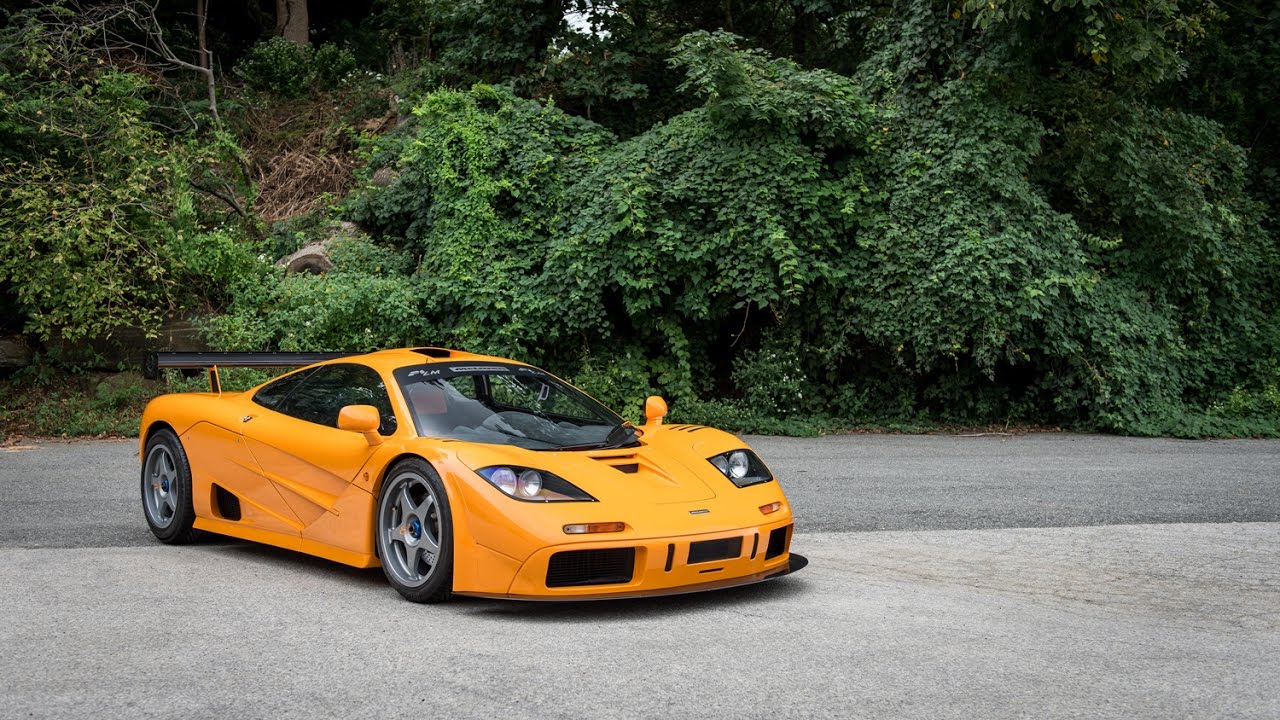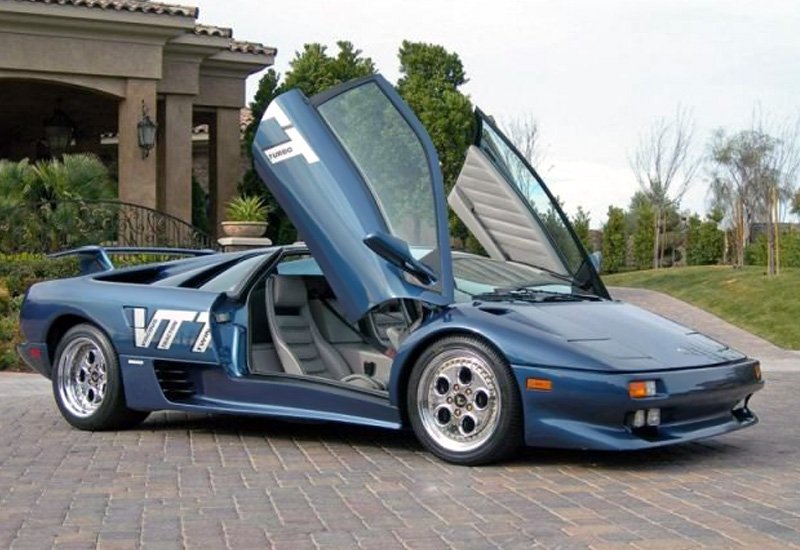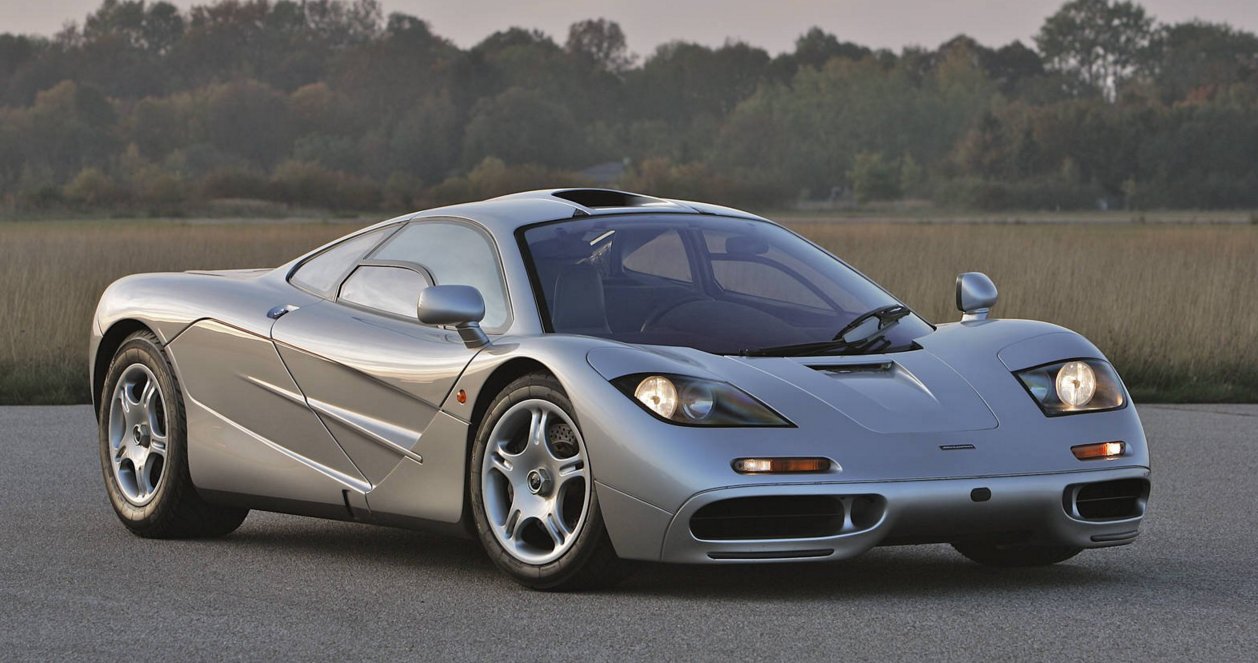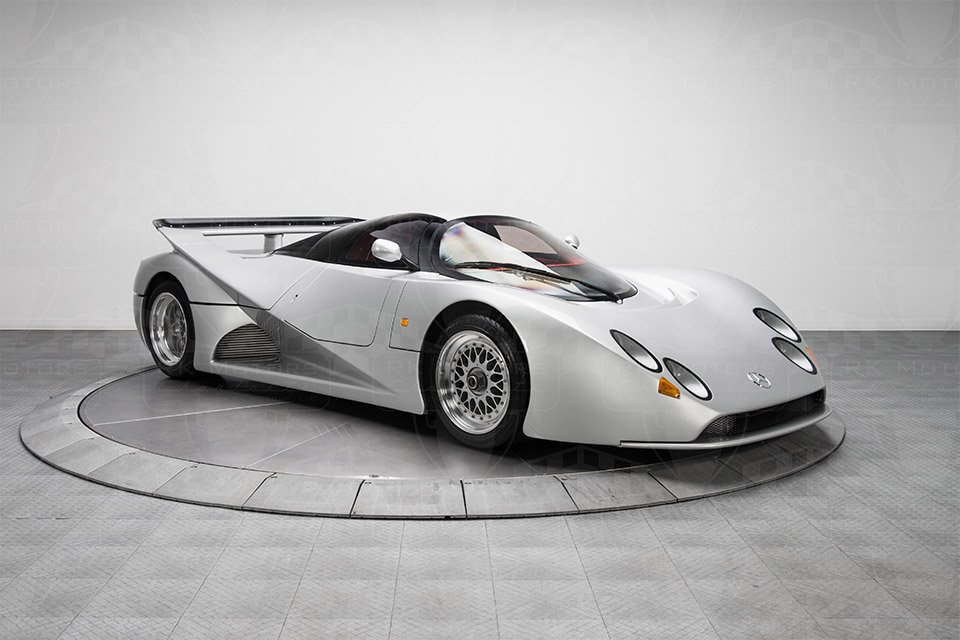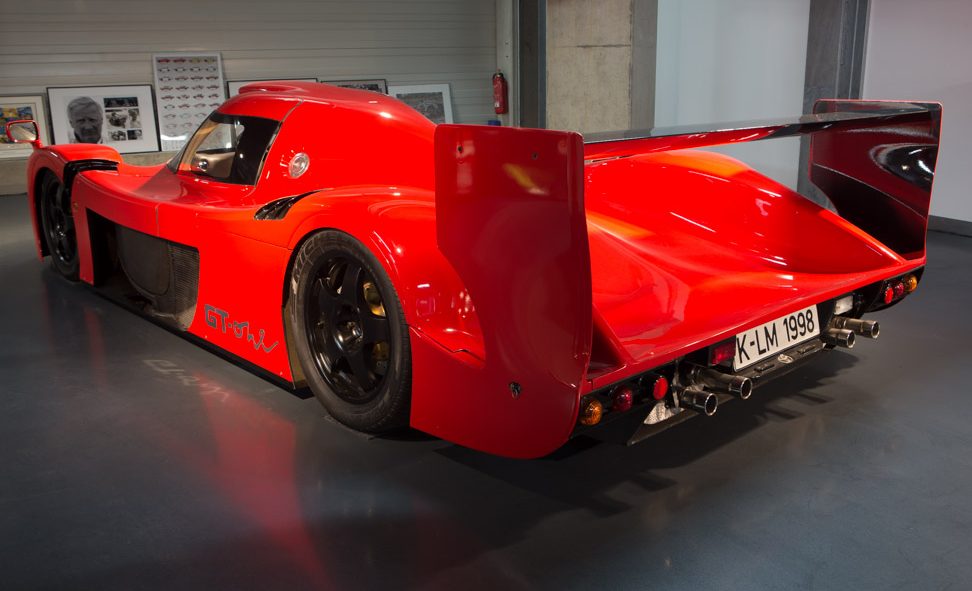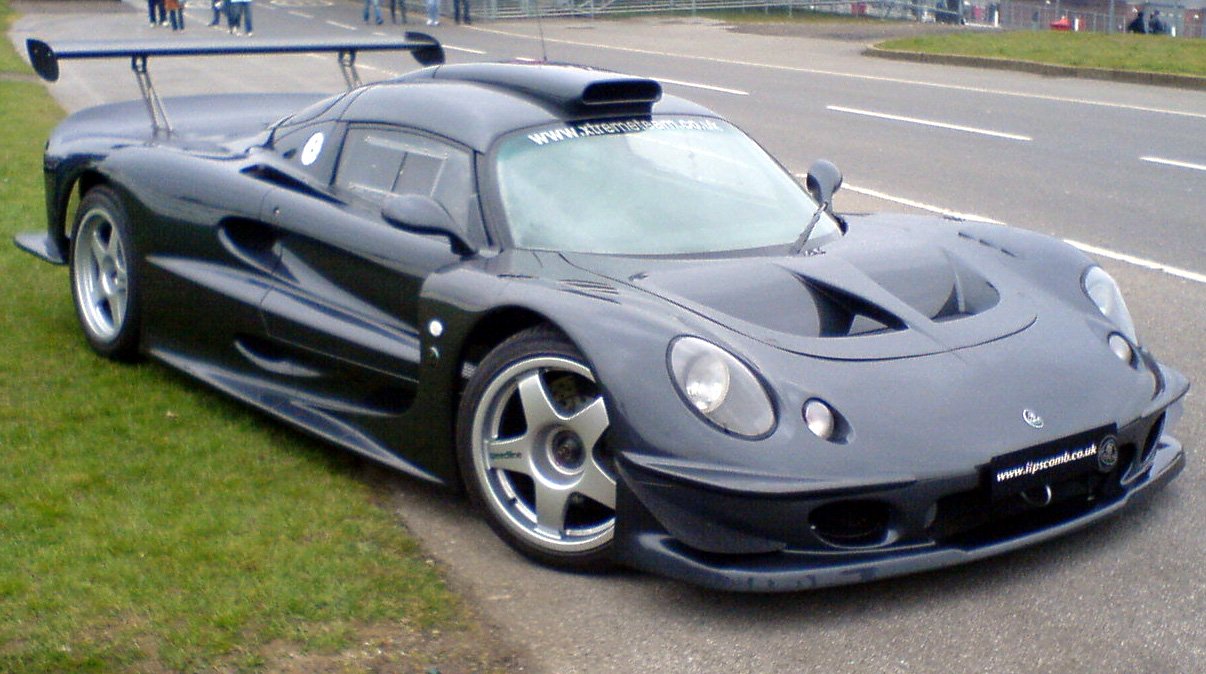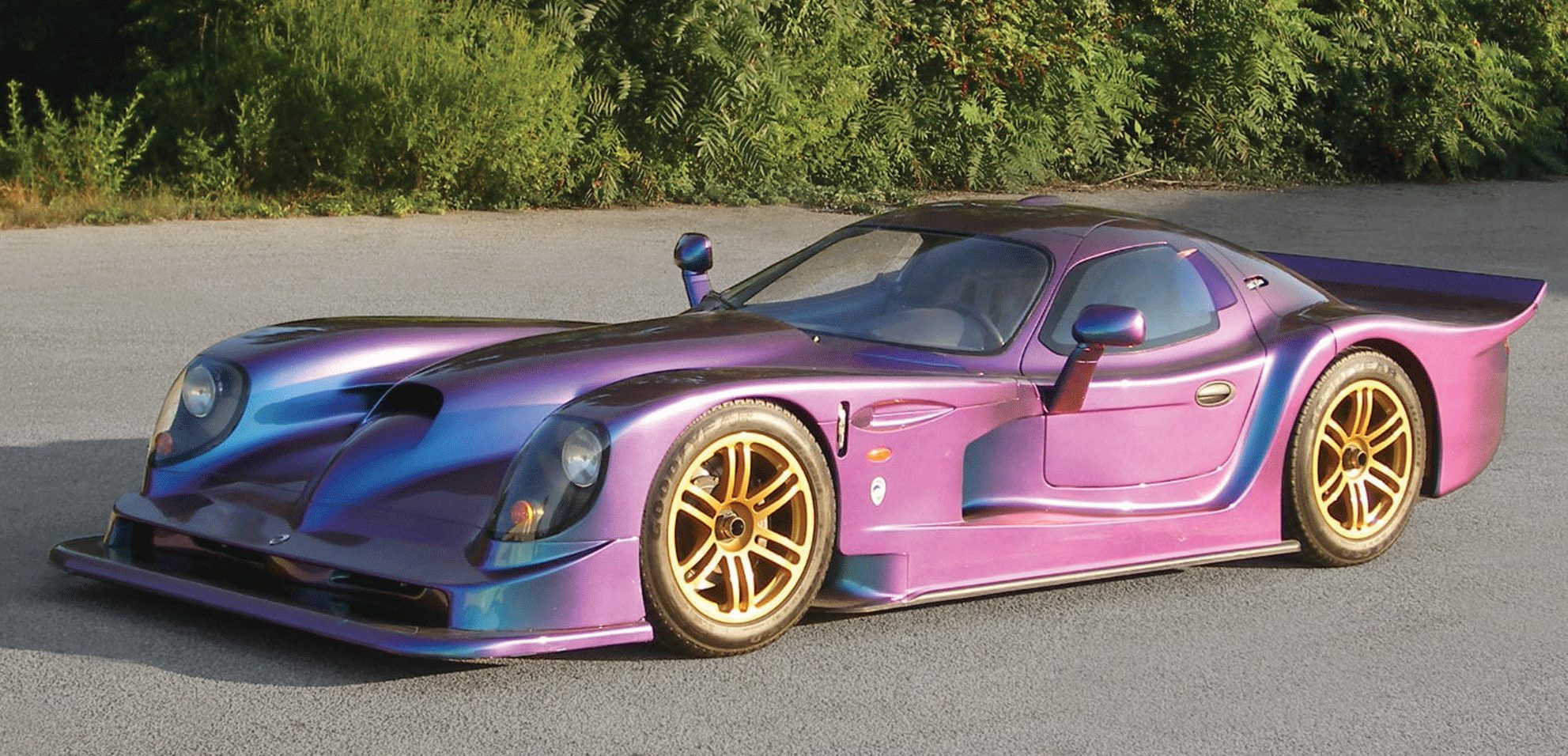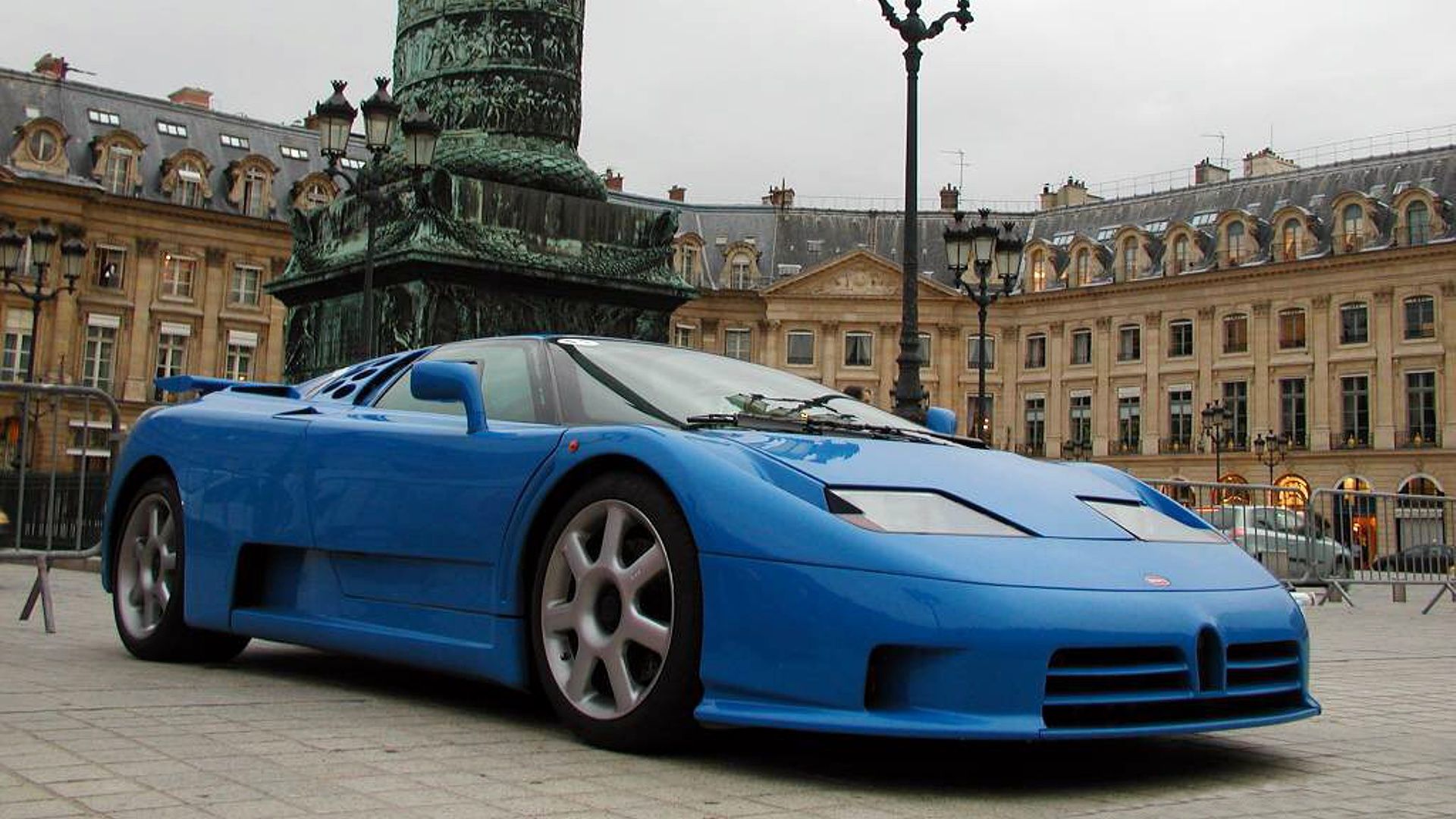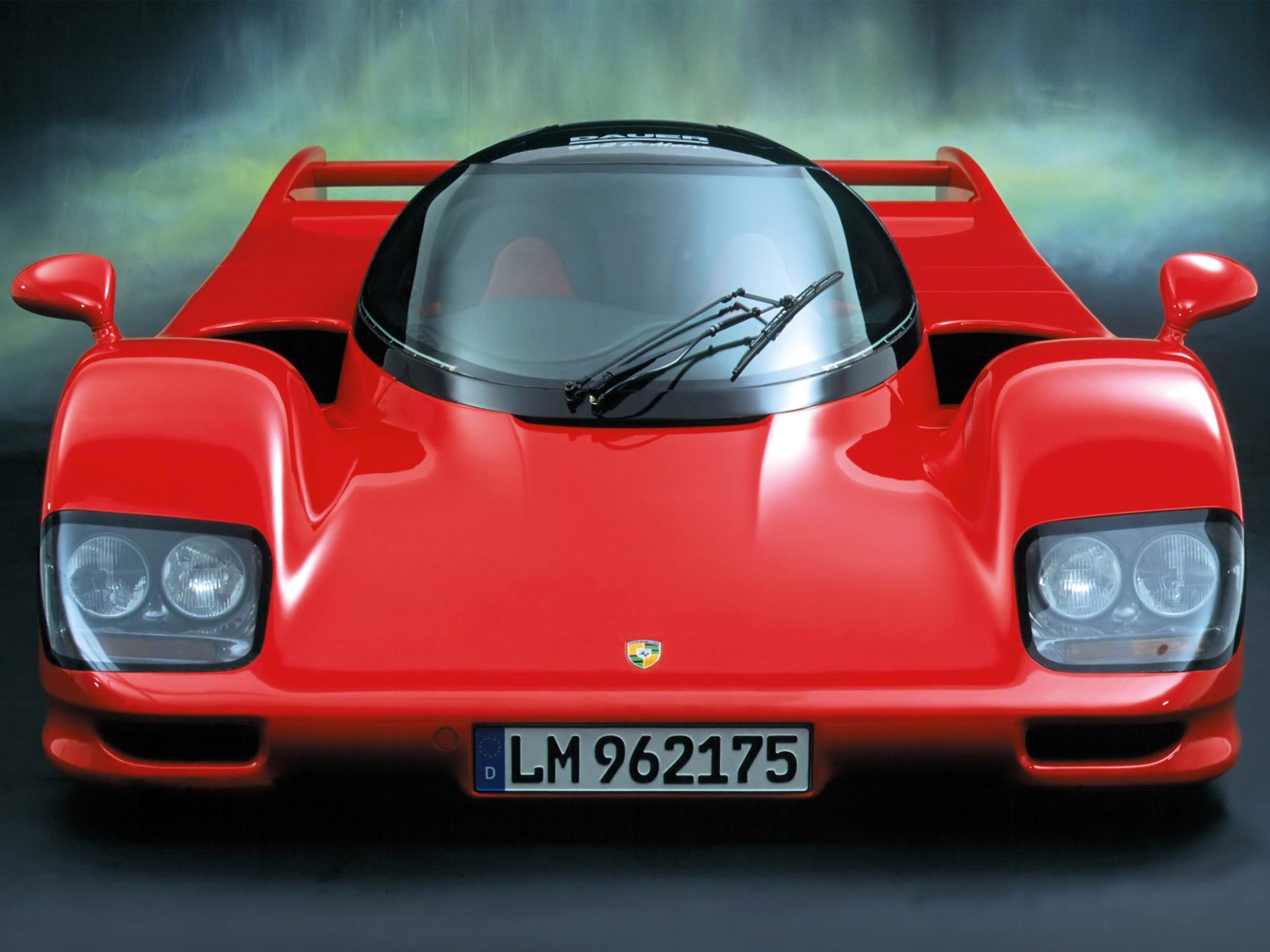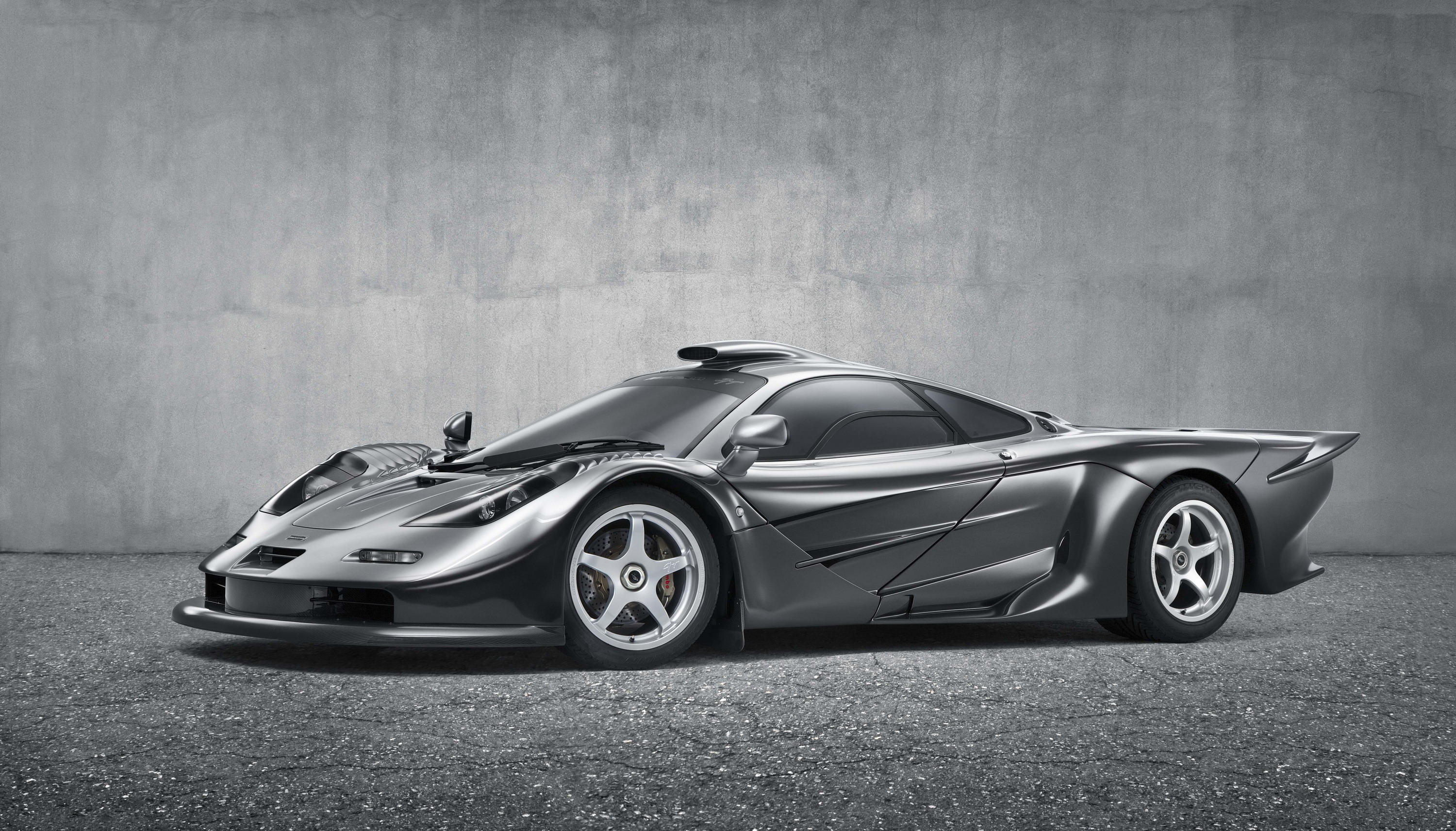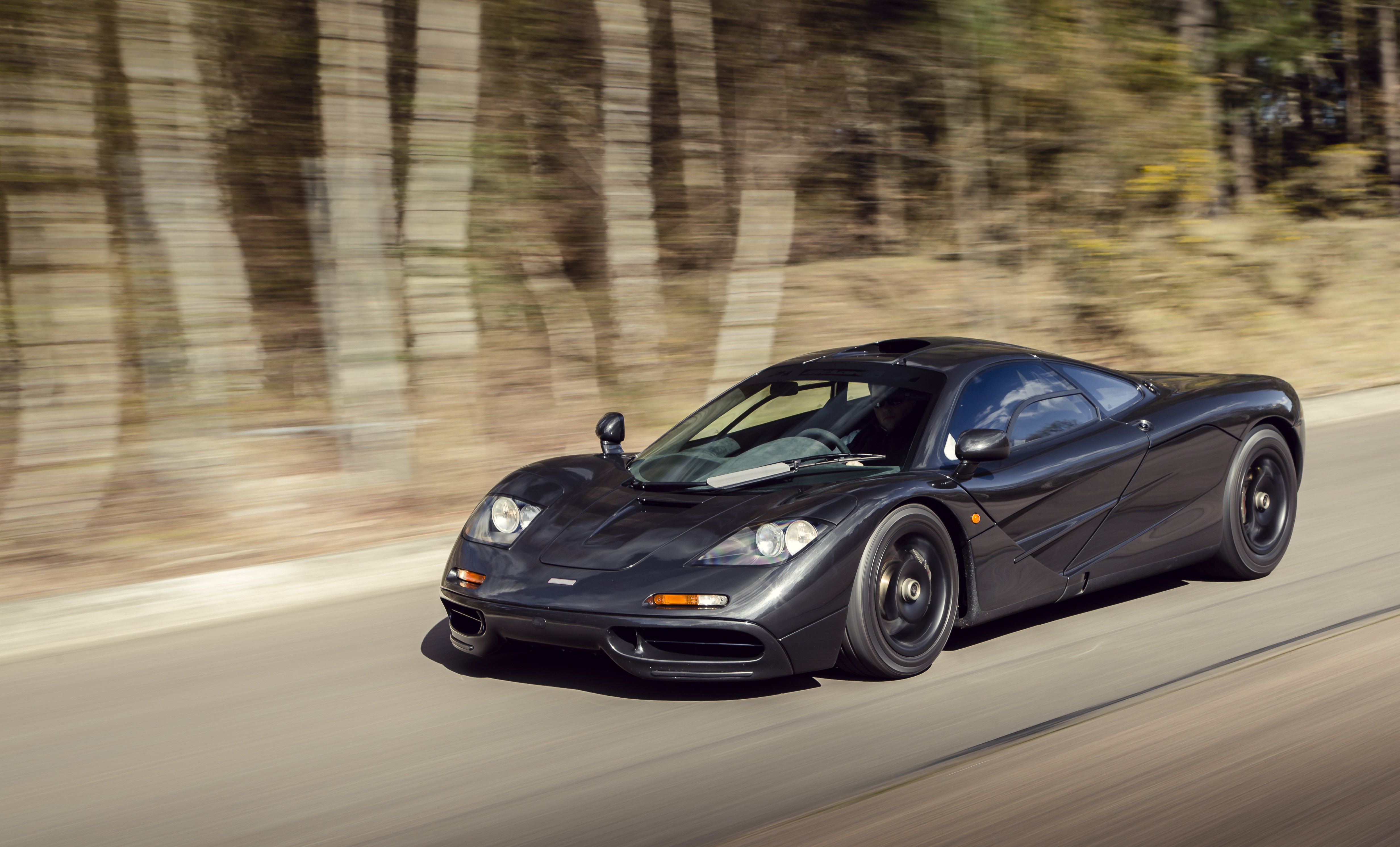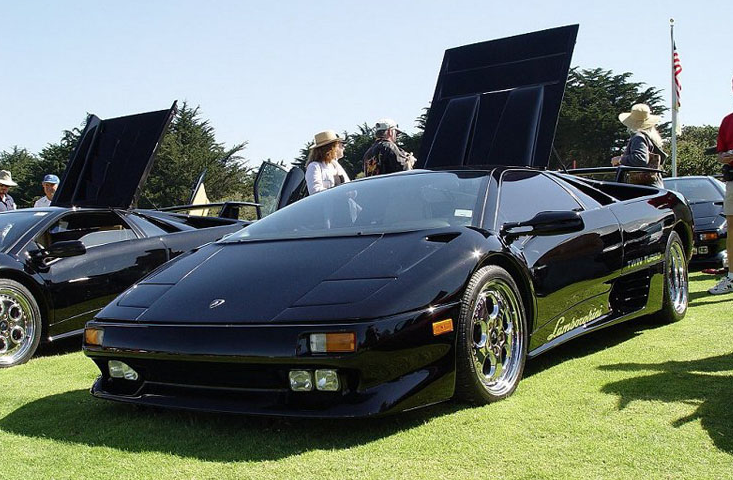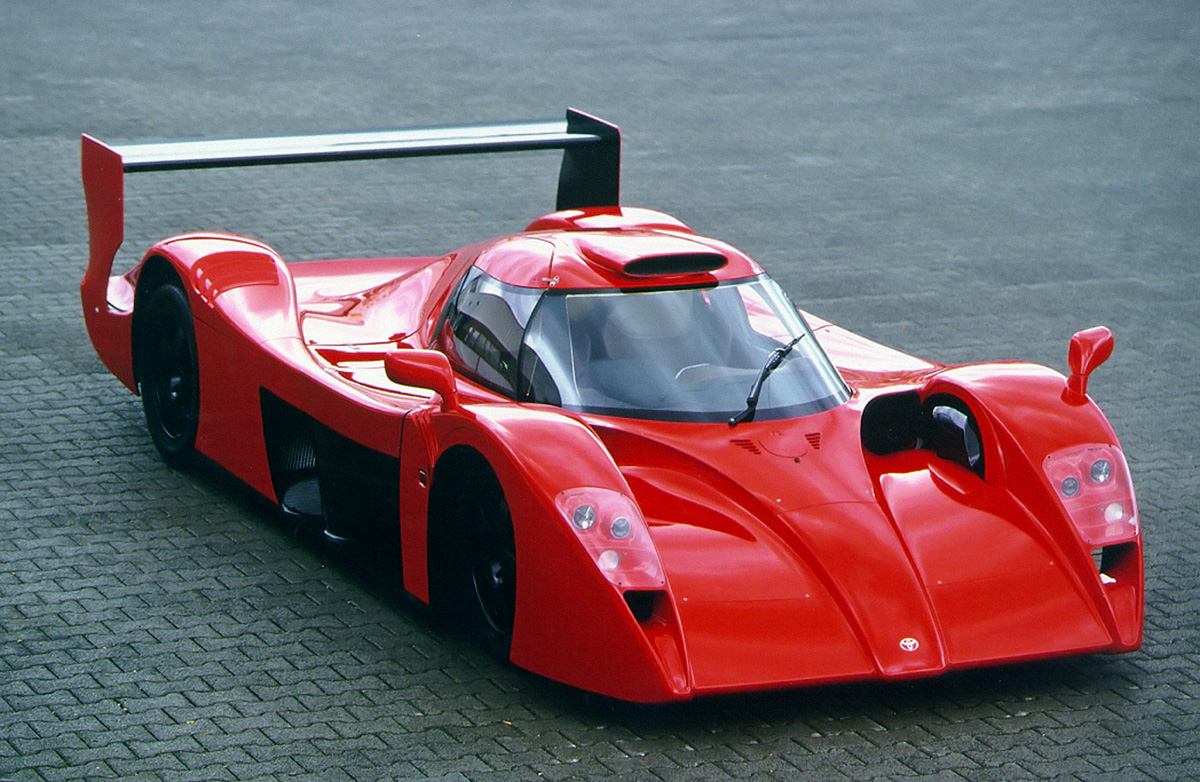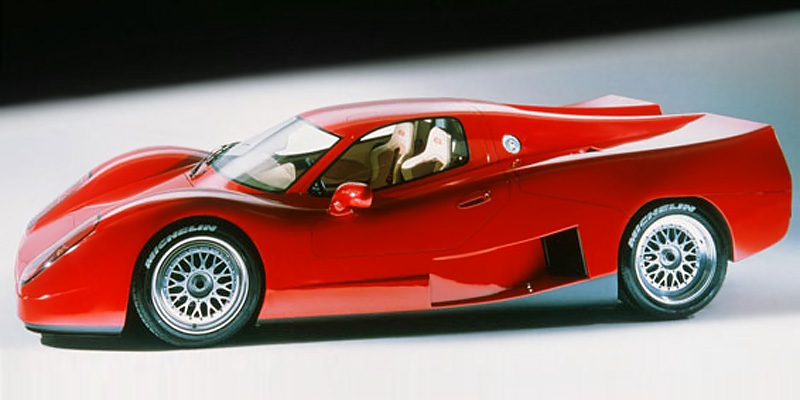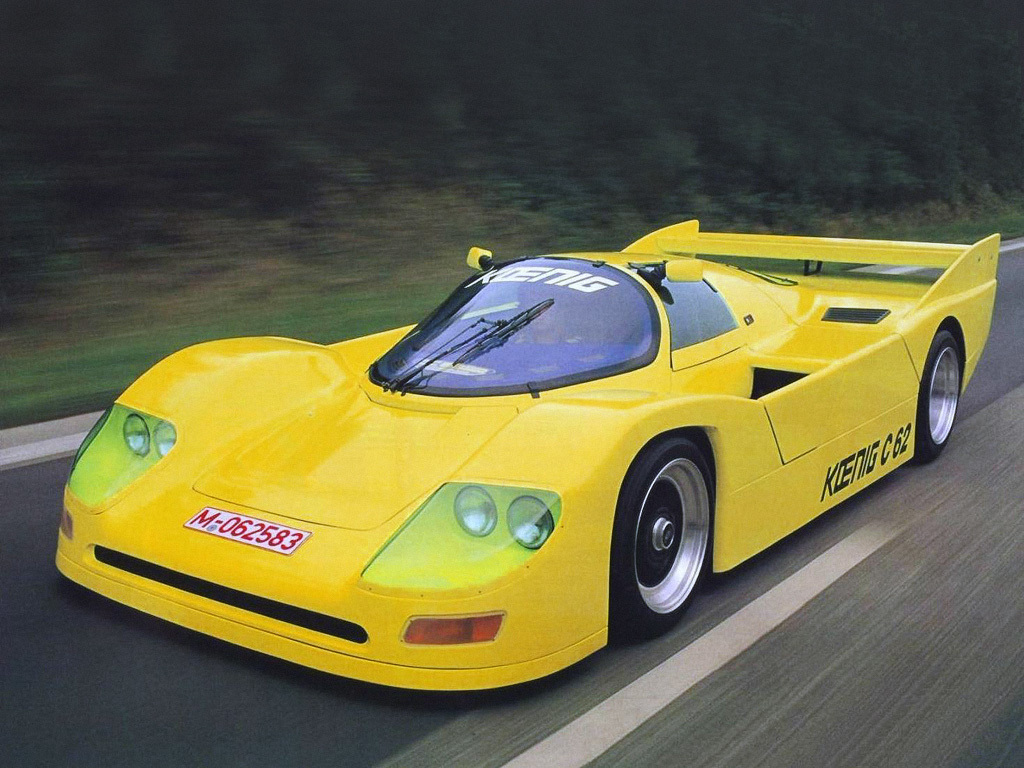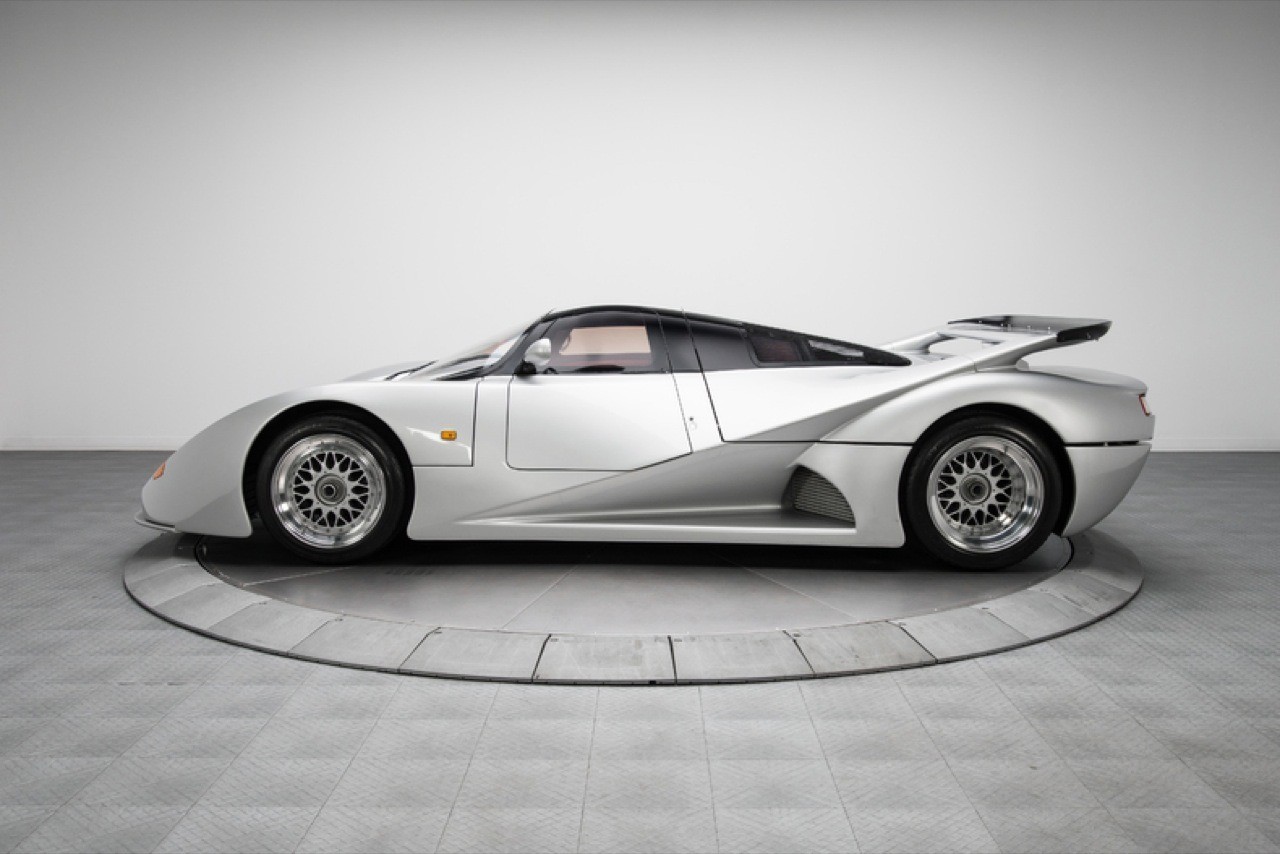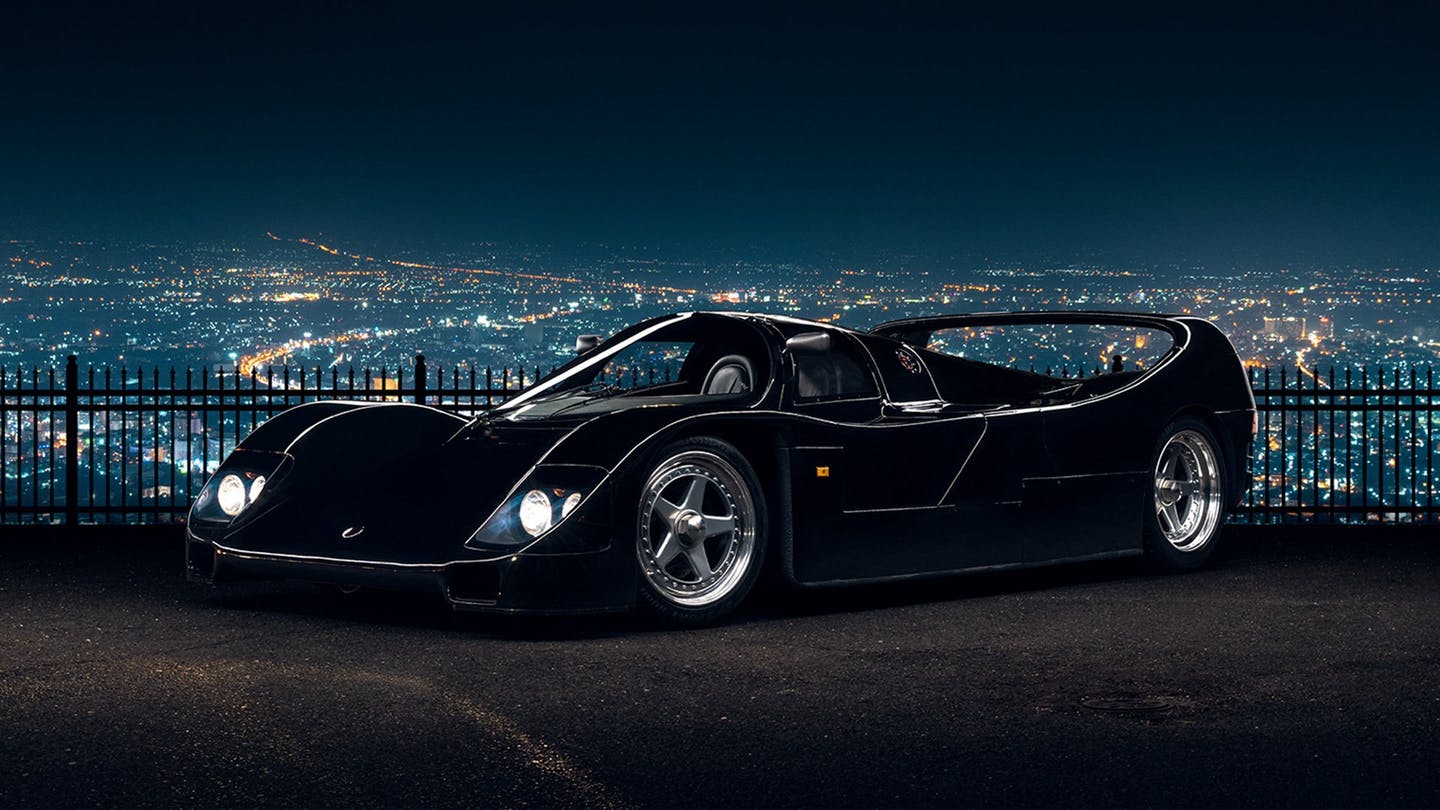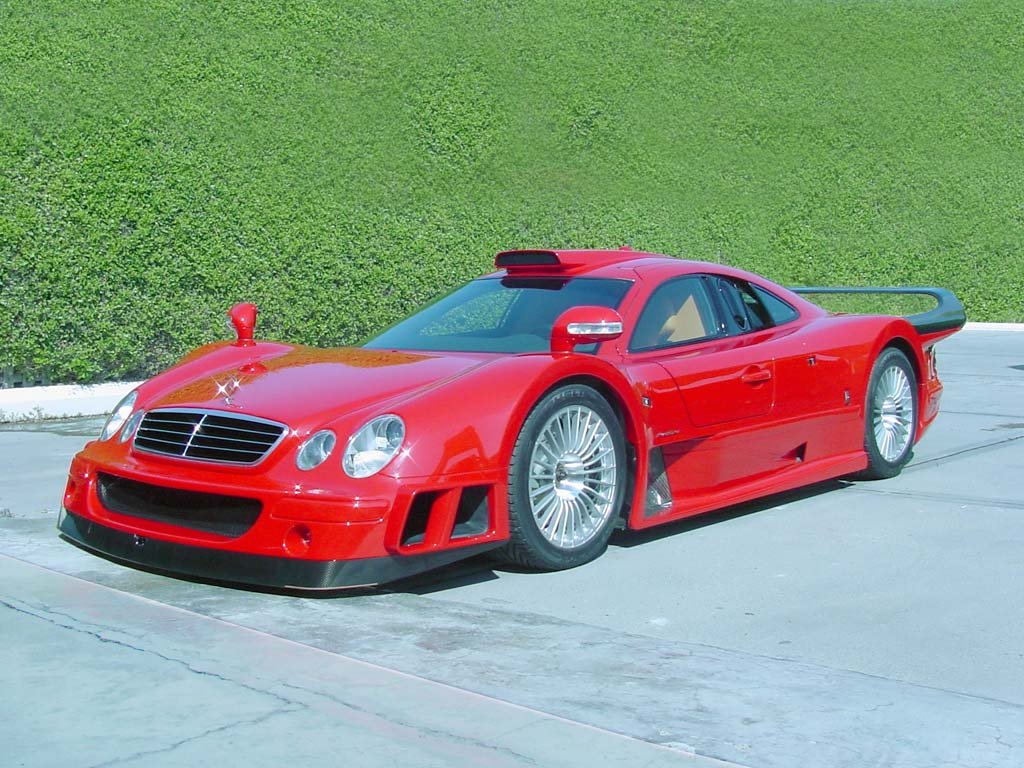Contents
Introduction
The Old Boys’ Club
Ferrari. Lamborghini. Porsche. These three manufacturers together monopolized the supercar fandom at a time when supercars were still very much an emerging aspect of automotive culture. Then the 1990s arrived, and the rest of the world seemed to have had enough of the status quo and as such, revolutionaries and determined usurpers would follow.
New Blood
The effort to bring down the establishment appeared to be a concerted effort, as manufacturers from Asia, the U.S., and the rest of Europe looked to shake up the supercar space simultaneously. There were certainly different approaches to this goal, for example, with the Honda pioneering the ‘everyday supercar’ movement with its NSX; producing a high-performance supercar which was also reliable, comfortable and refined – a combination of characteristics simply unheard of at the time. Using the aforementioned as a template, others such as McLaren with its F1 would then take that philosophy to the next level.
An American Tale
Then we have Vector Aeromotive Corporation, who added their relatively lesser-known American flavor to this mix. Founded by industry veteran Gerald Wiegert in Wilmington, California, this company, through the production of its Vector W8 Twin Turbo, would make its entrance into the automotive establishment with a manner which would be fittingly described as “shock and awe”.
This was probably the only tactic that Wiegert could employ, knowing very well that he could not rely on brand heritage or prestige to make a statement. “The idea is to build a reputation, not ride on one,” said Wiegert, acutely conscientious as to what this journey would entail.
This message resonated enough to garner some enthusiasm within the right circles – and more importantly some investors – so the company was able to raise more than $13 million USD of capital and expand their operations into a 35,000 square foot facility.
A Leap of Faith
Initially dubbed the W2 in its prototype stage, the W8 Twin Turbo would eventually go on to become a 6.0L, mid-engined, rear-wheel drive, V8 supercar with 625-horsepower, and an extroverted chassis/exterior composed of carbon fiber, kevlar, and aerospace-grade materials.
Without question, Wiegart and Vector Aeromotive Corporation abstracted the idea of a supercar further, taking it to outer space with certain on-paper specifications that wouldn’t feel out of place in a dialogue about the supercars – or even hypercars – of today.
The Vector W8 Twin Turbo in many respects was ahead of its time; however, due to the company’s financial troubles and eventual dissolution, the car ultimately fell behind the perpetually shifting curve.
The Legend Lives On
In the end, there were only 17 customer cars built – plus two prototypes – before production was eventually ceased. Today, the W8 Twin Turbo has a small but formidable cult following of whom the nostalgia is not lost on. It is considered a classic unicorn car which is on the radar of many private collectors. Examples come up for sale every now and then and are able to fetch huge money – from $200,000 USD for restoration projects to as much as $1,000,000 USD for mint examples.
Despite things not really taking off for Vector Aeromotive Corporation, Wiegart had still achieved his goal of shaking up the automotive industry, by producing a supercar like no other before it. Some would even argue that the Vector W8 Twin Turbo has forged a distinguishable legacy, putting the U.S. on the map as a serious super(car) power by setting the stage for the production of future supercars with a ‘Made In America’ distinction, such as the Ford GT and Saleen S7.
Engine & Performance
The Vector W8 Twin Turbo had an engine which not only set the precedence of what the car itself was all about but also how future engines would be perceived – particularly in the United States. The sheer abundance of power that the mid-mounted unit produced made for remarkable specs on paper, though its real-world performance in some cases is at best, debatable.


Specifications:
- Engine type & size: 6.0L Twin-Turbo V8
- Horsepower: 625 hp @ 5,700 rpm
- Torque: 649 lb-ft @ 4,900 rpm
- O-60 mph: 4.2 seconds
- Quarter mile: 12 seconds @ 124 mph
- Top speed: Estimated 218 mph
The engine is a 6.0L twin-turbocharged V8 which produces an advertised 625-horsepower @ 5,700 rpm and 649 lb-ft of torque @ 4,900 rpm, operating with 8 pounds of boost. Mounted transversely in the engine bay, the aluminum block-and-head, fuel injected power plant is based on a 5.7L Chevrolet engine which had been strokered, and then provided with forced induction.
Boost pressure through the Garrett turbochargers can be adjusted by the driver up to a maximum of 14 psi, with Vector Aeromotive Corporation claiming that this would allow the engine to output an astronomical 1,200-horsepower. Mated to the engine is a three-speed automatic transmission sourced from the Oldsmobile parts catalog, which is appropriately fortified to withstand the demands of its new taskmaster and then fitted to a Gleason-Torsen differential.
All of these factors contributed to highly impressive performance figures at the time, even by today’s standards. The rear-wheel driven Vector W8 Twin Turbo was capable of achieving 0-60 mph in 4.2 seconds and could complete the ¼-mile sprint in 12 seconds @ 124 mph.
By comparison, this meant that it was faster than a Ferrari F40, Bugatti EB 110 GT and Jaguar XJ220 – each of which held the top speed records at one point – in these metrics. It is interesting to note, however, that a top speed test was not officially conducted by Vector Aeromotive Corporation nor any third-party test drivers. Instead, a theoretical top speed was provided – 218 mph, to be exact – by making calculations based on the 3-speed’s gear ratios and the engine’s maximum rpm.
No expenses were spared by Wiegert and Co. to ensure that the engine would be a talking-point in the automotive industry.
Chassis & Handling
To achieve his vision of creating a supercar which would unbalance the oligarchy, Wiegart knew that the W8 Twin Turbo would have to be more than just brawn. Therefore, the suspension was also intricately assembled with a state-of-the-art approach, resulting in an amalgamation of parts which would give the car the dexterity and poise it needed to complement its power.
Over the front wheels, W8 Twin Turbo is equipped with a double-wishbone independent suspension with adjustable Koni shocks, concentric springs and an anti-roll bar. In the rear, a De Dion rear axle with diagonal trailing links, adjustable Koni shocks, concentric springs and an adjustable anti-roll bar complete the package.
W8 Twin Turbo is fitted with a braking setup which matches 13-inch vented rotors to aluminum 4-pot Alcon calipers, in both the front and rear. Allowing the car to meet the tarmac were specially-made Michelin XGT Plus tires (255/45/16 Front, 315/40/16 Rear) mounted to a set of bespoke wheels, forged to the specifications provided by the original buyer when ordering their allocation.

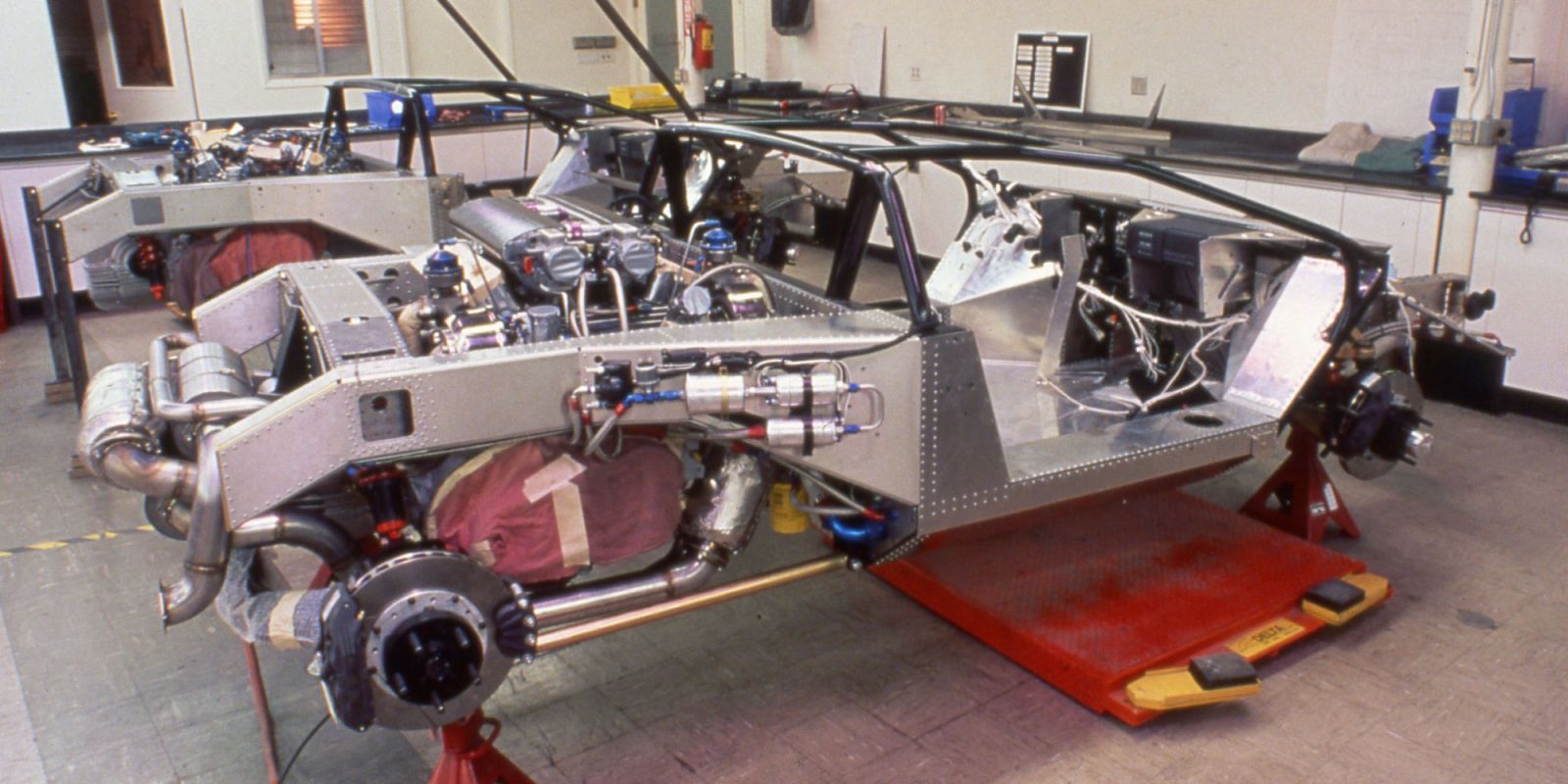
Design, Styling & Interior
The two-seater supercar can be accurately described as an even more audacious version of the angular and geometric wedge-shaped Lamborghinis of the time. Although it shares characteristics with the aforementioned – such as a low-flat front and truncated tail – the Vector W8 Twin Turbo is the furthest thing you can get from a kit car/replica. In fact, the design of the W8 was actually inspired by the 1968 Alfa Romeo Carabo, which was one of the first prototypes to embrace what were then, very futuristic design elements.

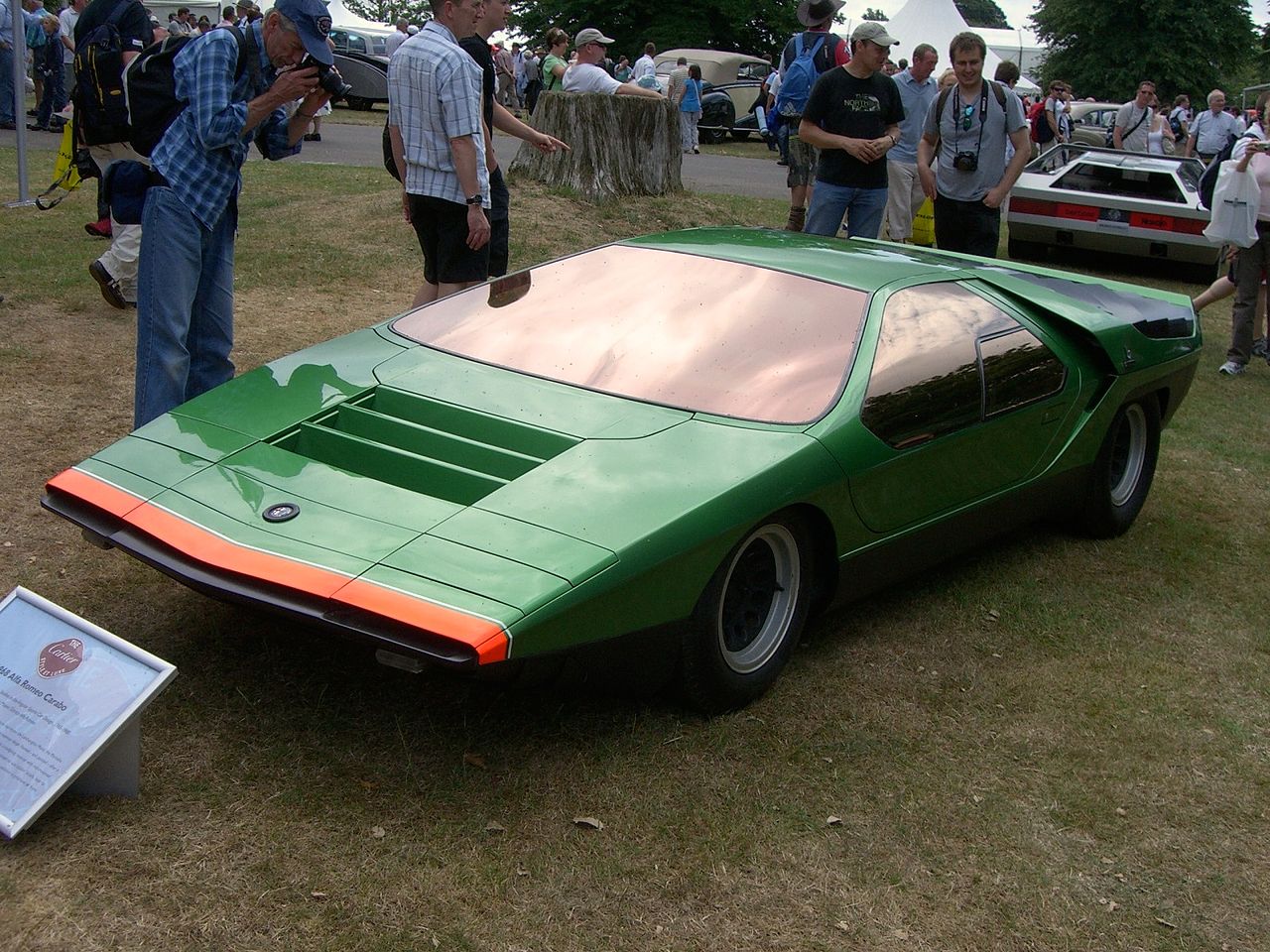
Pictured above: Alfa Romeo Carabo
Utilizing a body made primarily out of carbon fiber combined with the best aerodynamic principles available at the time, the W8 Twin Turbo produced relatively low drag even with its large rear wing. Due to the somewhat bespoke privileges given to each of the initial suitors, the W8 would undergo slight changes throughout its short production run.
These included the elimination of some gills, a lower front fascia and air splitter, and adjustments of the rear wing, mirror intakes, and front grill. The glass roof which with fitted to early examples, was eventually removed altogether.

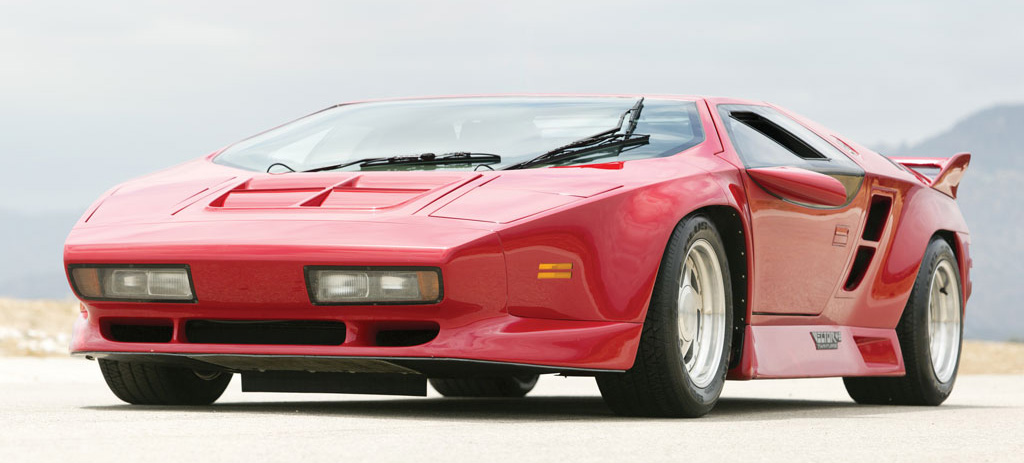
Wiegart’s appreciation for fast moving vehicles was indiscriminate, as he borrowed cockpit styling queues from fighter jets for the W8 – mostly notably the sort-of-center driver’s seating position (with the shifter on the left) and digital dashboard displays straight from the Top Gun movie set.
The dashboard consisted of four screens which displayed a variety of information about the car. Although certain conveniences such as power-steering and ABS were foregone in the name of weight savings, the car was otherwise very civil for city driving thanks to a luxurious and overall, comfortable interior.
Premium leather and suede lined most of the interior panels with the floors given wool carpeting and floor mats. The generously bolstered Recaro leather seats were electrically adjustable, and air-conditioning came standard.
Pricing
Operating a boutique supercar company obviously comes with many challenges. Without the backing, experience, and structure that a large automaker would have provided, many of Vector Aeromotive Corporation’s well-intentioned promises could not be kept – and its price was one of these.
The Vector W8 Twin Turbo was originally marketed as a $250,000 USD car but in reality, would end of costing customers more than $450,000 USD by the time it was actually delivered. That’s big money now (about $800,000 USD equivalency), and a huge amount of money in the early 90s.
Being one of the most expensive vehicles one could (or more accurately, couldn’t) purchase, ultimately not many were sold. After running on fumes for a few years after opening its doors, the company eventually closed and with that, the W8 Twin Turbo ended its production run with just 19 examples made, 2 of which were prototypes.
So, with a now-defunct company and a vision which had capitulated, many wouldn’t be questioned in thinking that the story ends here. From a pragmatic point of view, the business was indeed a failure.
However, the Vector W8 Twin Turbo has continued a life of its own thanks to the cult following it has garnered, in part due to the efforts of Hollywood, or some other version of celebrity. My guess is that social media and the heightening levels of nostalgia in the air these days will only help the car get more attention.
If you wanted to get your hands on a Vector W8 Twin Turbo today, first you would have to wait – possibly indefinitely – for one to come up for sale or auction. Then you would have to be ready to fork out at least $200,000 USD – and that’s for one that demands a restoration project – and up to $1,000,000 USD or more for a mint example. Not bad for a ‘failed’ venture.
Model & Price Info
| Make |
Vector |
| Model |
W8 Twin Turbo |
| Car type |
2-Door Coupe |
| Category |
Sports Car |
| Built At |
Wilmington, California |
| Introduced |
1989 |
| Units built |
19 |
Chassis, Suspension & Powertrain
| Curb Weight |
3,320 lbs |
| Layout |
Mid-engine, rear-wheel drive |
| Body / Frame |
Carbon fiber, kevlar and fiberglass, tubular steel with aluminum panels and aluminum box sections |
| Suspension (F) |
Upper & lower A-arms, coil springs, adjustable tube shocks, anti-roll bar |
| Suspension (R) |
De Dion tube, upper & lower trailing links, diagonal link, coil springs, adjustable tube shocks, adjustable anti-roll bar |
| Steering |
Rack and pinion |
| Brakes |
13” vented discs (front and rear) |
| Tires |
Michelin XGT Plus (255/45/16 front, 315/40/16 rear) |
| Transmission |
3-Speed Automatic, 2.43:1 FDR |
Engine & Output
| Engine |
V8 |
| Displacement (Litres) |
6.0L |
| Aspiration |
Twin-turbocharged |
| Power (hp) |
625 hp @ 5,700 rpm |
| Power (hp) / litre |
104.2 hp / litre |
| Power (hp) / weight |
0.19 hp / lbs |
| Torque |
630 lb-ft @ 4,900 rpm |
| Average Fuel Consumption |
13.5 mpg |
Performance, Acceleration & Braking Stats
| Top speed |
218 mph (est) |
| 0 – 60 mph |
4.2 s |
| 0 – 80 mph |
5.9 s |
| 0 – 100 mph |
8.3 s |
| ¼ mile (standing) |
12.0 s @ 124 mph |
| 60 mph – 0 |
145 ft |
| 80 mph – 0 |
250 ft |
Gallery & Videos
Image Gallery
In my opinion, The Vector W8 Twin Turbo is a classic pop-culture interpretation of what the not-so-distant future looked like for those living in the late 80s and early 90s.
From its extravagant wedge-shape silhouette to its fighter jet display screens and extensive use of aerospace materials, it is no surprise the fanfare that the car generated back then, and even now. The car is fascinating in every sense; its storied past and the journey it has taken to be where it is now, still creating the buzz it set out to make all those years ago.
Video Gallery
Top Gear America does a brief feature on the Vector W8 Twin Turbo, touching base on its history while taking it for a drive on Californian backroads.
[embedded content]
Here is a video featuring pre-production model #002, uploaded by user ‘vectorfiles’ on YouTube. They show extensive views of the cockpit and exterior and take it for a drive on city streets.
[embedded content]
DtRockstar1 tells the story about what happened to Vector Aeromotive Corporation and their most famous creation, the Vector W8 Twin Turbo.
[embedded content]
Road & Track Review – April 1991 Issue
Road & Track is the only official automotive magazine to have been given exclusive access to cover the Vector W8 Twin Turbo during its release, and is therefore the most credible source to provide a third-party verdict on the car. We have provided their article below, as it was written in 1991, which can also be viewed on their official website.
Vector W8 Twin Turbo: First Drive
Measuring the magnitude and defining the direction of America’s supercar.
BY DOUGLAS KOTT
MAY 19, 2016


From the April 1991 issue of Road & Track
“The idea is to build a reputation, not ride on one.” says Gerald Wiegert in a voice that manages to be both soft-spoken and intense. The president of Vector Aeromotive Corporation hasn’t had the luxury of the latter option, even though he’s been working—since 1971—at his dream of designing and producing the twin-turbocharged Vector, a 625-bhp 2-seat mid-engine supercar built of advanced materials and with aerospace systems technology.
From sketches to foam models to a full-size mockup, the Vector was displayed for the first time at the Los Angeles Auto Expo in 1976. A running prototype was completed two years later, pieced together from components gleaned from junkyards and scoured from parts-supply houses.
A weak economy and damaging criticism from the automotive press dashed efforts to secure financial backing, he says, and his dream of producing a ground-bound fighter plane for the street seemed destined to remain just a dream.
Wiegert deserves some sort of medal for perseverance, some award for sheer tenacity. Bucking incredible odds and ignoring the wailing ghosts of failed Tucker, DeLorean and Bricklin ventures. Vector Aeromotive Corp. in Wilmington, California is, at long last, staged for producing one car per week.
Naysayers need only visit the final assembly area, where the two cars we photographed were being prepped for shipment to their new owners in Switzerland (the first production Vector W8 Twin-Turbo was sold to a Saudi Arabian prince, an addition to his 25-car collection, which also contains a Porsche 959 and a Bentley Turbo R).
Under construction were about eight other Vectors in various stages of completion, from rolling chassis to nearly finished cars.

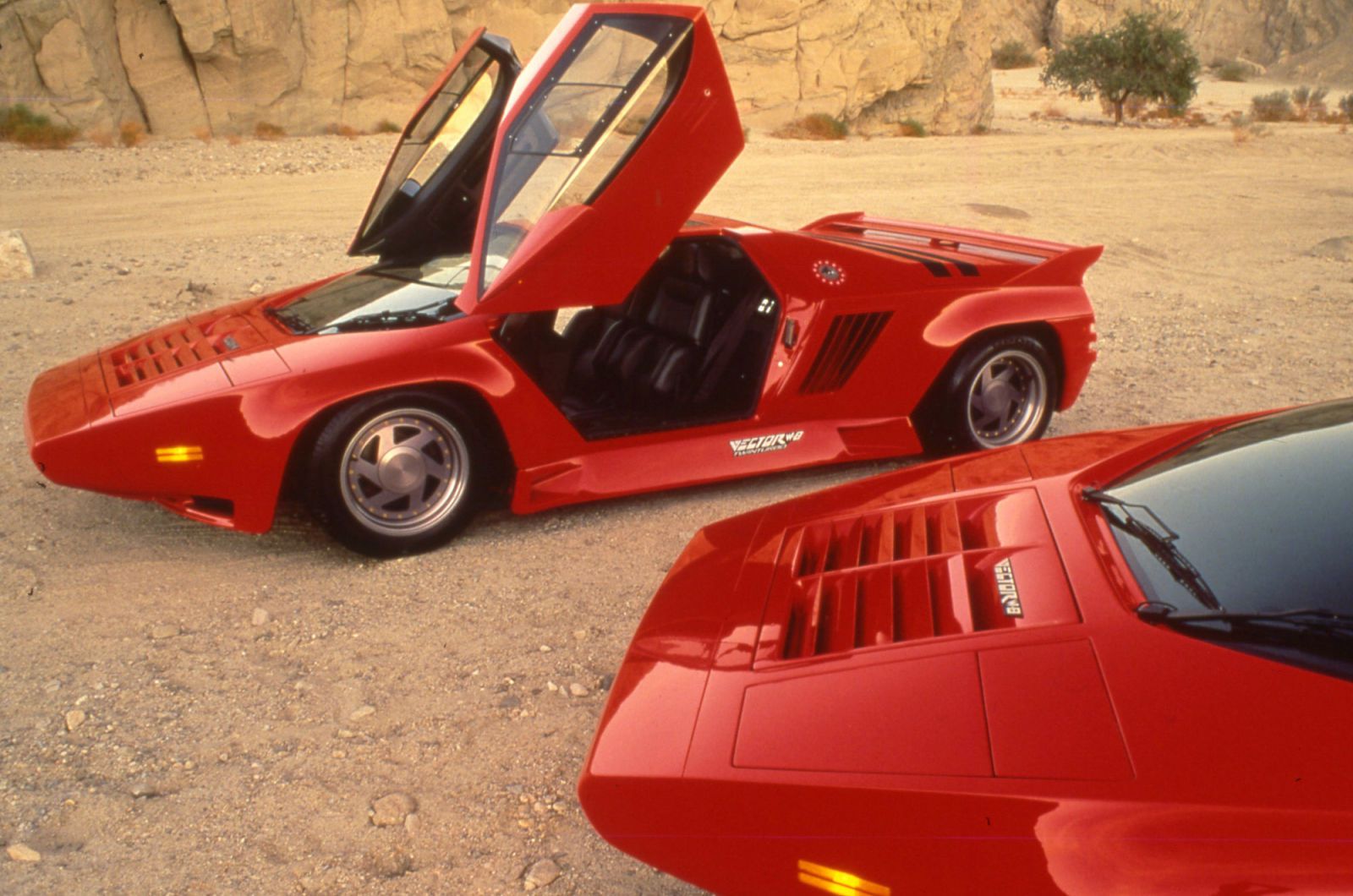
The still-unconvinced should know that the company has grown from one building and four employees in 1988 to four buildings totaling more than 35,000 sq. ft. and nearly 80 employees as of this writing.
And that the Vector has passed DOT crash tests with flying colors (it took just one chassis to complete the 30-mph front and rear impact, door-crush, and roof-crush tests); and emissions testing is well underway. More than $13 million worth of working capital has been raised through two public, over-the-counter stock offerings.
But Wiegert’s ultimate act of faith was obvious under the hot midday sun at the Pomona, California Fairgrounds. A flatbed truck, loaded with two Vector W8 TwinTurbos, made its way across the expanse of asphalt to the drag-strip.
The two development cars were unloaded, and Road Test Editor Kim Reynolds fitted one of them with our fifth wheel and road-test computer, readying it for the first-ever performance test by an automotive magazine.
David Kostka, Vector’s vice president of engineering since 1981, gave a few pointers on how to achieve the best acceleration times. After a few loping familiarisations runs down the strip, Kim wheeled the Vector around to the staging line and reset the test computer.
Kostka’s face wore a look of concern. It should have. Ten years of 12-hour-a-day, 7-day work weeks, nearly one-third of his waking life—not to mention a sizable chunk of his soul—are invested in the car.

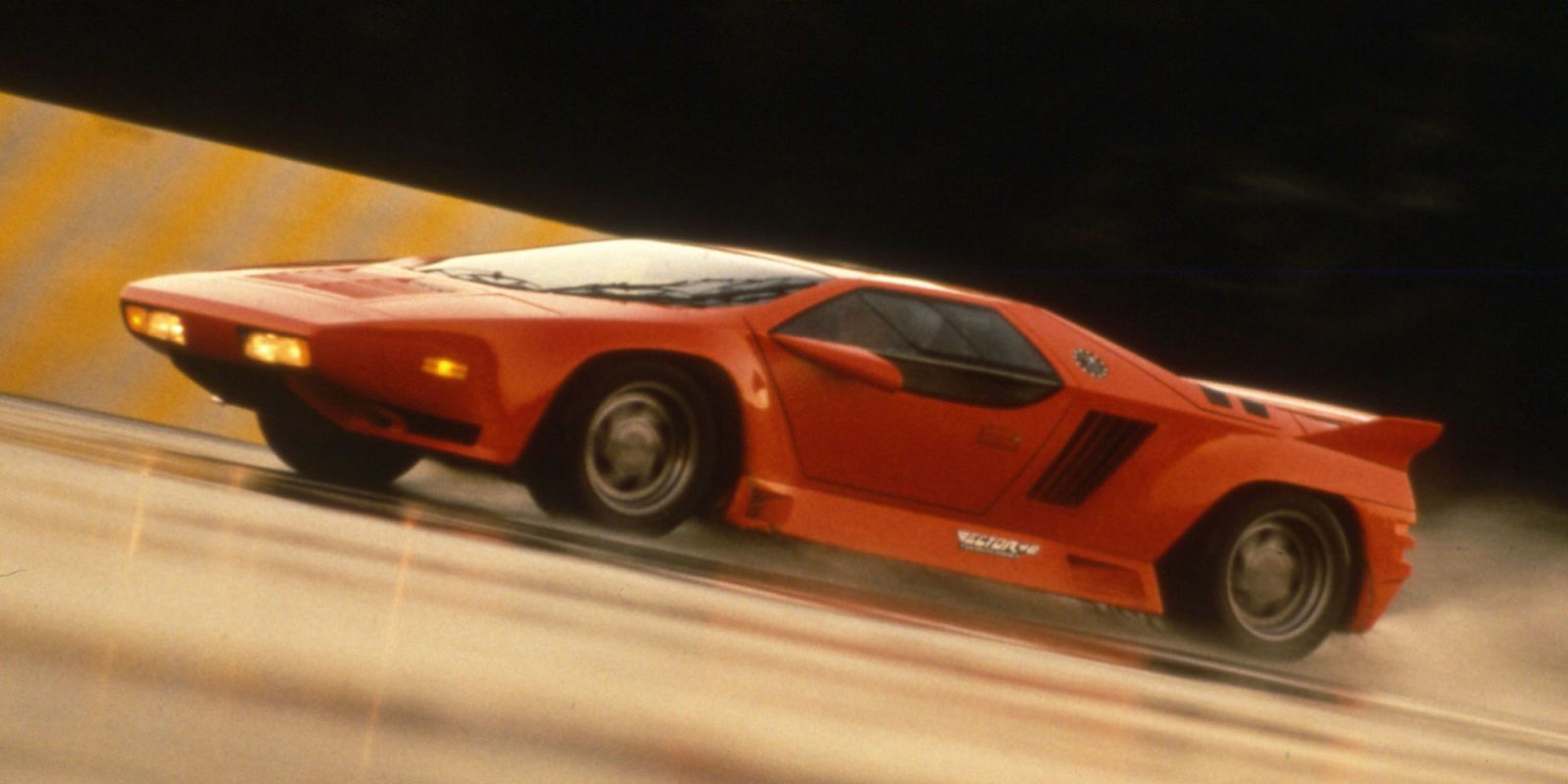
He needn’t have worried. Kim plants his foot on the brake, selects 1st gear and applies throttle to load the drivetrain. The throb of 6.0 liters of all-aluminum V-8 intensifies and the whistling teakettle sounds of the Garrett turbos sing harmony with the whine of the Gilmer-type accessory belt drives.
The rear brakes are fighting a losing battle with the V-8’s torque and the car inches forward, sliding locked front ties over the pavement. It’s the automotive analog of an angry pit bull straining at its leash.
The brakes are released and the Vector catapults away with a touch of wheelspin, a wisp of smoke from the fat Michelins and a slight side step. In a few eye-blinks—a paltry 4.2 seconds—60 mph is reached, an instant before the 1-2 shift.
Whooping like a big-bore Can-Am car, the Vector continues its charge down the strip with increasing ferocity; vortices of sand and track debris swirl into the vacuum created as its wedgy form cleaves an opening through the air. Though nearly a quarter-mile away, the sound of the engine is still distinct as the car whistles through the traps. Speed? 124.0 mph, accomplished in just 12.0 sec.
Twelve-point-zero seconds. That figure places the Vector well ahead of such standard-bearers as the Acura NSX (14.0 sec.), Ferrari Testarossa (14.2) and Corvette ZR-1 (13.4). Its acceleration and speed are admission to a far more exclusive club, the charter members be ing the Ferrari F40 and yet untested Lamborghini Diablo.
Membership has its privileges but also its costs; the Vector W8 TwinTurbo retails for a cool $283,750, pricier than the Lamborghini ($211,000) but less than the Ferrari (a U.S.-spec F40 runs about $400,000).

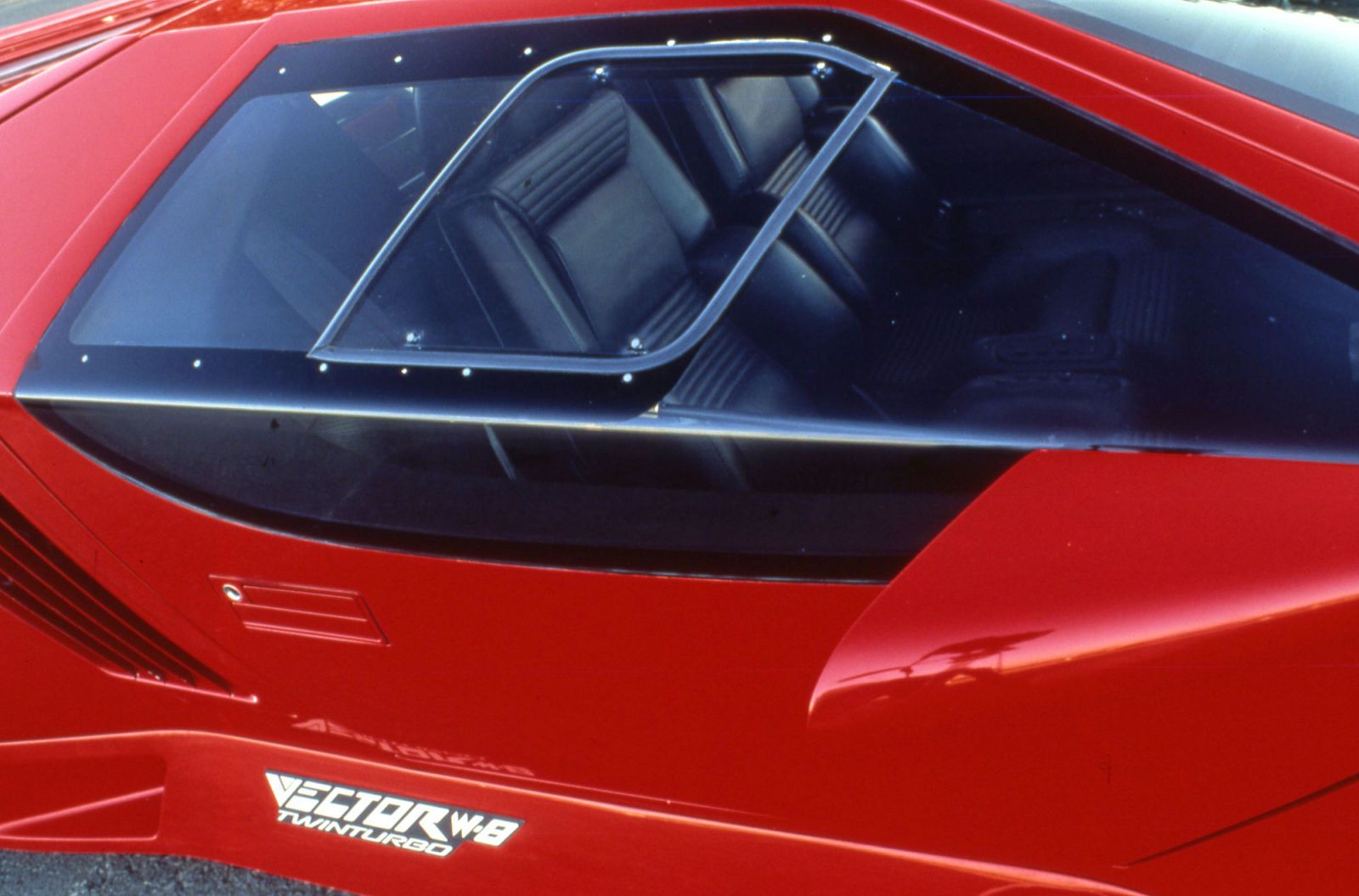
So what makes a Vector W8 tick? To answer my every question and provide a guided tour of Vector’s facilities was Mark Bailey, vice president of production, ex-Northrop employee and past Can-Am-series competitor.
Gesturing toward the engine bay of a Vector under construction, he said, “This is not a tiny little motor tweaked to death. It’s a big motor that isn’t working that hard.”
Six liters of all aluminum 90-degree pushrod V-8, the block made by Rodeck, the 2-valve cylinder heads by Air Flow Research. The long blocks are assembled and dyno-tested by Shaver Specialties of Torrance, California.
No expense is spared; the roster of engine parts reads like a circle-track racer’s Christmas list: TRW forged pistons, Carrillo stainless-steel connecting rods, stainless-steel valves, roller rocker arms, a forged crank, a dry-sump oiling system with three separate filters. Bundles of braided stainless-steel hose, with anodized red and blue fittings, are used to route fluids throughout.
The engine’s crowning glory is its exposed intercooler package, fabricated from aluminum and polished to a blinding sheen. It can be removed from the car in minutes by unclasping four quick-release aerospace clamps. It connects to twin water-cooled Garrett turbos, composed of automotive center sections and aircraft-specific impellers and housings.

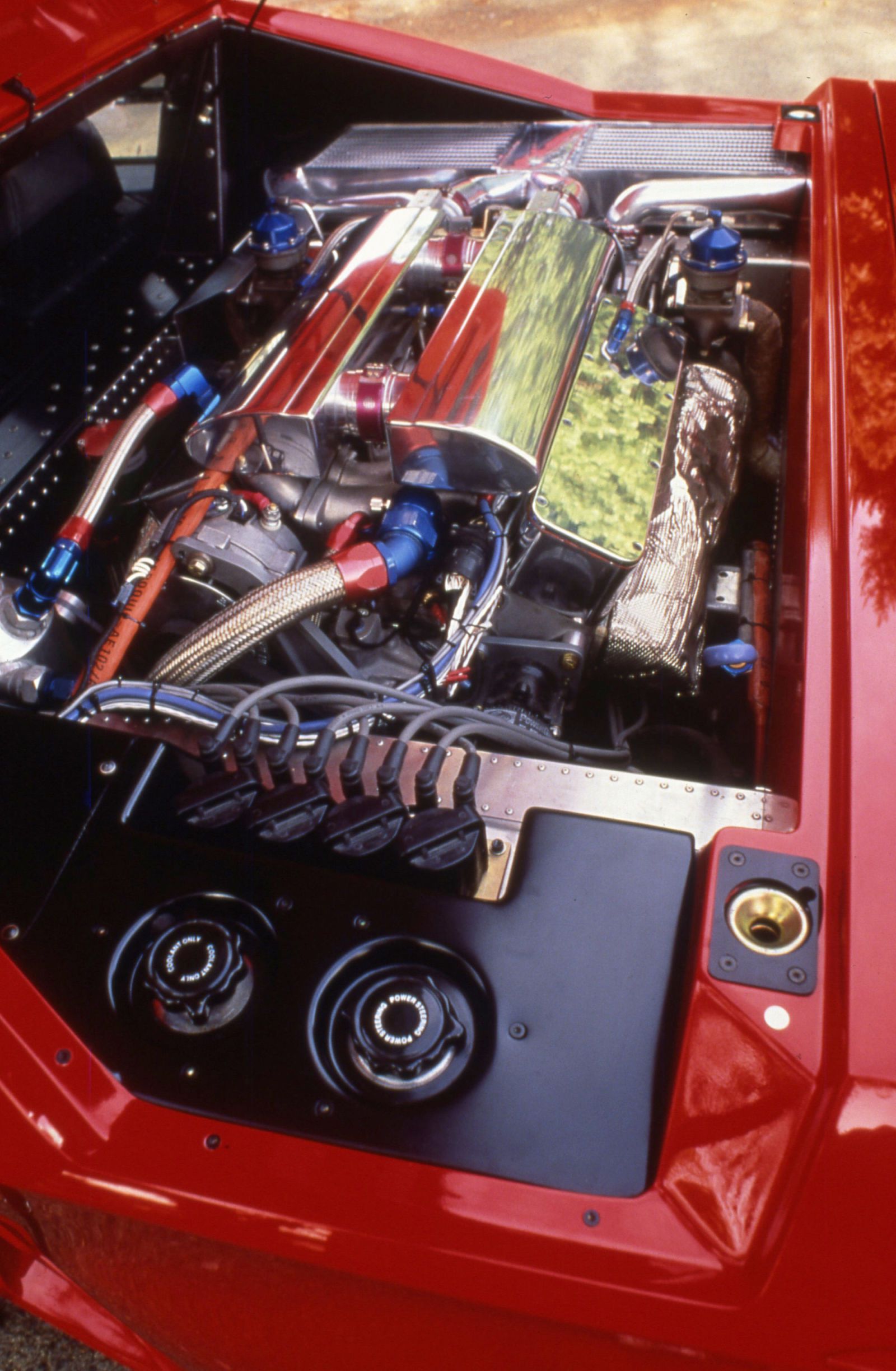
Ignition is handled by a separate coil for each cylinder, and fuel delivery is by multi sequential port injection, using custom-made injectors from Bosch’s research and development group. Spark and fuel are coordinated by a proprietary Vector programmable engine-management system.
As beautifully done as the engine itself are the mounting plates that position it transversely in the bay. Blue anodized and relief-milled from billets of aluminum, one bolts to the accessory side of the block, and the other doubles as an engine/transmission adapter plate.
The transmission case is a GM Turbo Hydra-matic, the sort used in the Seventies by the V-8-powered front-drive Olds Toronado and Cadillac Eldorado. But virtually every part within the 3-speed gearbox is specially machined by a Vector subcontractor from materials able to withstand the 630 lb.-ft. of torque, the engine generates at 4900 rpm and at 7.0-psi boost.
Mark Bailey’s enthusiasm shows as he leads me through the manufacturing shop, pointing out the massive chrome-moly steel tube frame, the aluminum-honeycomb floor plan, and the aluminum panels that are epoxy-bonded and riveted to the frame to form monocoque crush zones.
He explains, “If [the structure] is all monocoque, you get a lot of twist to it, and it’s tough to build it accurately. If it’s all space frame, you smack one area and you impact everything else because every tube takes all the load. In the Vector’s case, the energy-absorbing areas are monocoque, because that’s what they do best.”
The body, made from varying amounts of carbon fiber, Kevlar, fiberglass mat and unidirectional fiberglass, is structurally unstressed.


A stiff chassis is all the better to take loads from the massive suspension pieces. The Vector uses beefy double A-arms up front and an immense De Dion tube in the rear, located by four trailing arms that stretch all the way forward to the firewall. Koni adjustable shocks, with concentric springs, are used all around.
Brakes are massive 13-in. vented discs with Alcon aluminum 4-piston calipers. Wheel bearings are similar in design to those used on 3800-lb. NASCAR stock cars, and the hubs’ machined aluminum outer housings look to be about the diameter of a coffee can. There isn’t a piece on the chassis that is substandard, or even merely adequate.
The factory tour has lasted the entire day. There’s so much to see, and Bailey has tirelessly shown me virtually every facet of the operation. I’ll have to come back to drive the car.

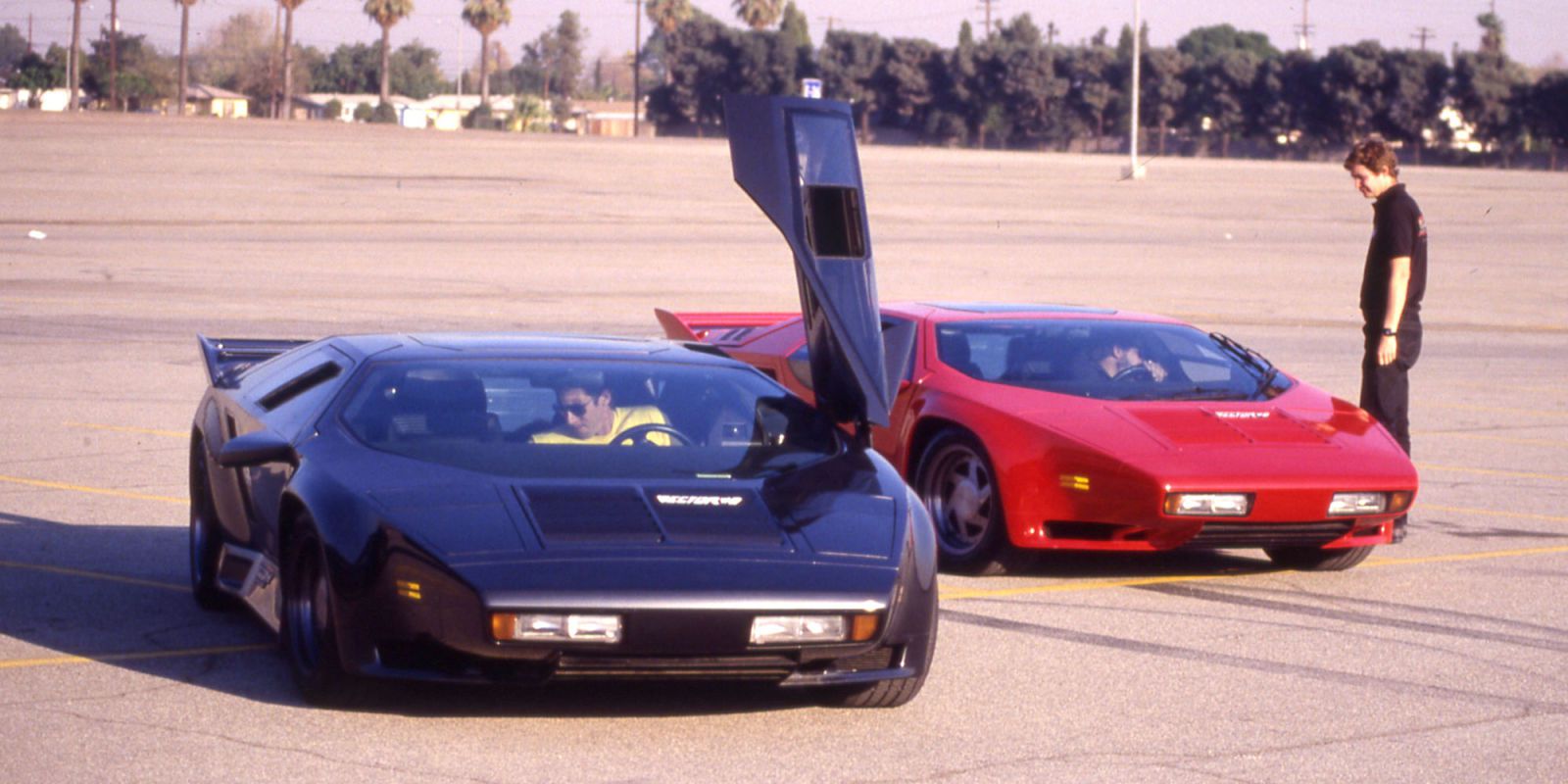
Saturday arrives, and the slate gray development car we tested beckons with an outstretched swing-up door. Getting in is a bit of a task for the uninitiated, with a moderately wide sill and a fairly small space between the seats and the front of the doorjamb.
David Kostka, with the advantage of muscle memory, slides over the sill and into the passenger seat with the grace of a gymnast; I limbo-dance into the driver’s seat with the wobbliness of a newborn deer.

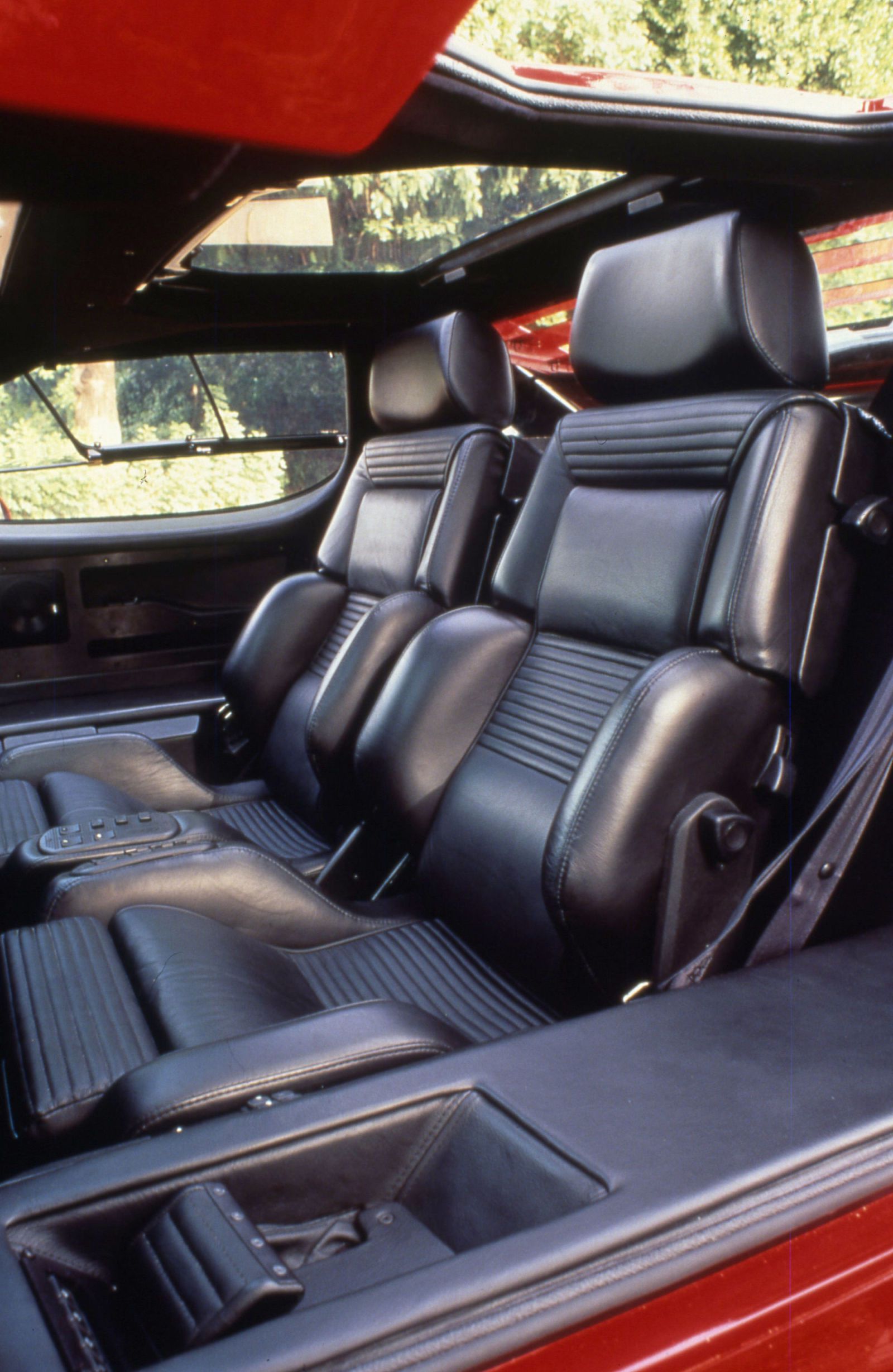
The smell of leather hangs in the air because virtually every interior surface is covered with it, save the broad expanse of the dashboard, done in a thin suede-like material. The floor, carpeted with Wilton wool, is completely flat, allowing the electrically adjustable Recaros to be placed within inches of each other. Although the wheel-arch intrusion is considerable, the central seat placement allows the driver’s legs a straight shot to the pedals.
The big engine booms to life at the first twist of the key, settling down to a 900-rpm idle. Vital engine and transmission functions are displayed on what Vector terms an “aircraft-type reconfigurable electroluminescent display”—that means four different screens of information are available.
Whatever the screen, a gear selection indicator is incorporated along its left side. The instruments—everything from a tachometer to twin exhaust-temperature pyrometers—have a “moving-tape” display that runs vertically past a fixed pointer, as well as a digital display in the window of the pointer.
Kostka explains how the moving-tape portion gives rate-of-change information that a digital-only display can’t provide. I blip the throttle and see what he means, watching the tape scamper past the pointer to 3000 rpm or so, then back to idle.

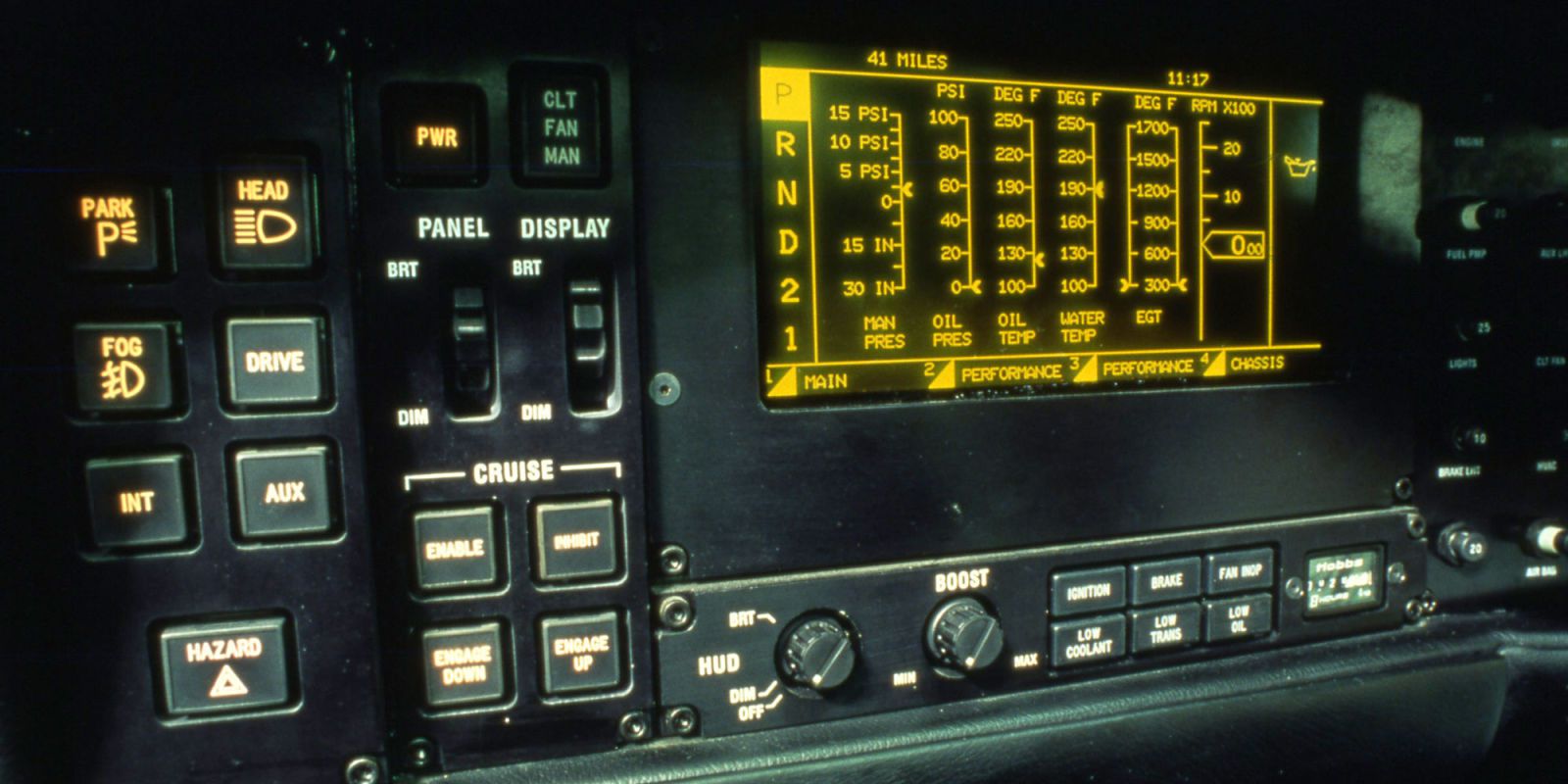
John Konkal
Reaching for the padded shifter handle, sunk deeply into the sill to my left, I engage reverse and tentatively back out onto the street. Drive is selected and we thread through the streets of Wilmington toward the San Diego freeway, en route to the hills above Malibu.
As with most exotics, vision to the rear is just about nonexistent, and the Vector has a blind spot that a Ford Crown Victoria would handily fit into. Craning my neck. I can see little more than windshields and antennas of cars behind me through the narrow louvers of the engine cover. Outside rearview mirrors are small though usefully placed, but it pays to keep up dating a mental map of traffic around you.
Out front, what may be the world’s largest piece of windshield glass stretches out and down to meet the dash, offering an intimate view of the asphalt just a couple of yards ahead of the car.

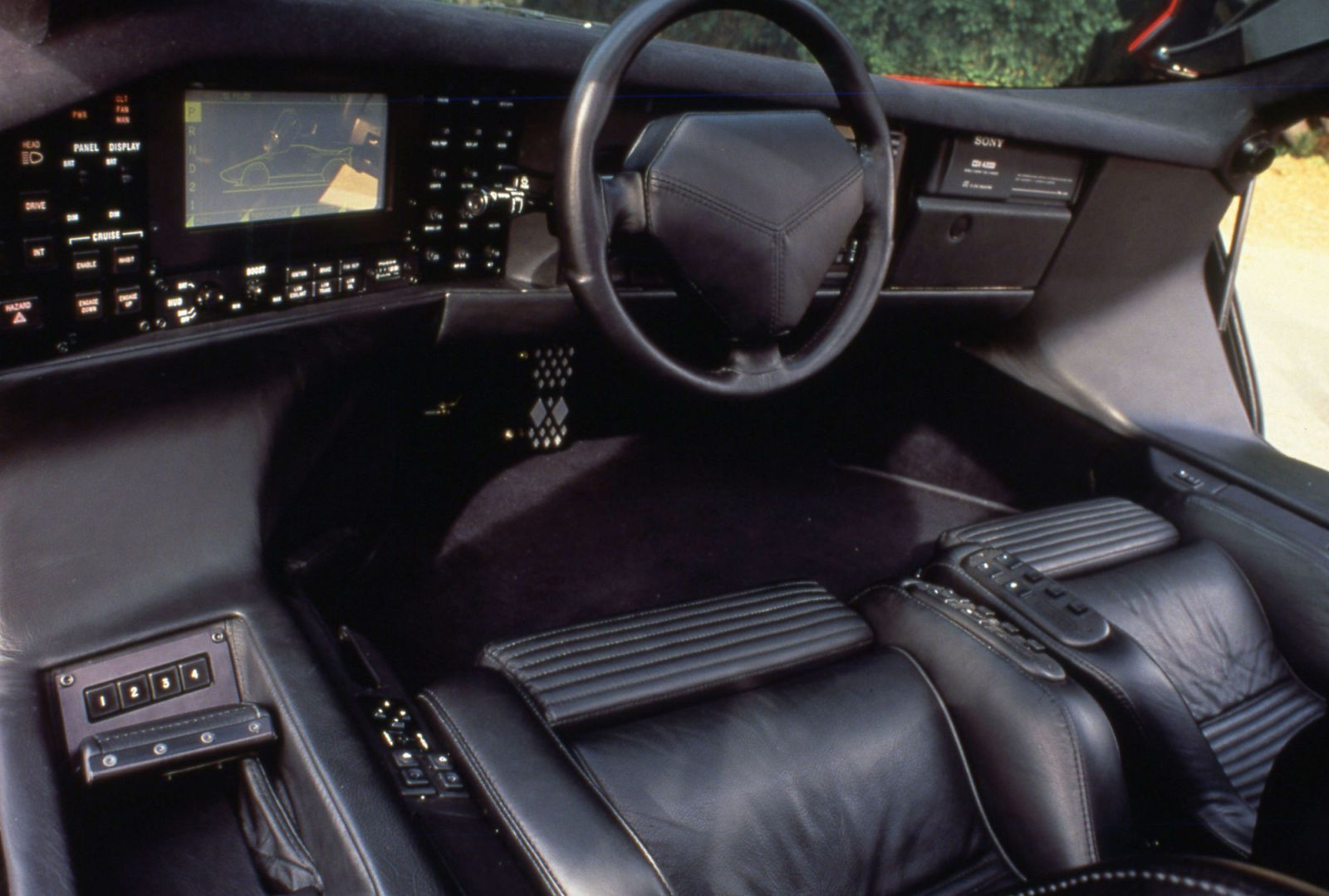
The steering, a power-assisted rack-and-pinion arrangement, has moderately light effort and wonderful precision. To its detriment, there’s not much self-centering feel, which makes it difficult for the unaccustomed to be smooth.
By contrast, the non-assisted brakes take large applications of force—50 lb. for our 0.5g instrumented stops—to haul down the 3320-lb. Vector from speed. Distances of 250 ft. from 80 mph and 145 from 60 best those of the Ferrari Testarossa—though the Redhead scrubs off velocity with about half the pedal pressure. Even without ABS (a system will eventually be offered), the stops are straight and true, the bias set to lock the front tires slightly before the rears.
Kostka motions toward the freeway onramp, I oblige and soon we are in the midst of moderate northbound traffic. Gaps begin to appear between cars, revealing tempting open stretches of the fast lane. On David’s suggestion, risking license and limb. I push the shifter’s handle down about an inch deeper into its recess and tug backward, going from Drive to 2.
With the engine on the edge of boost, I mash the large aluminum throttle pedal to the front bulkhead.

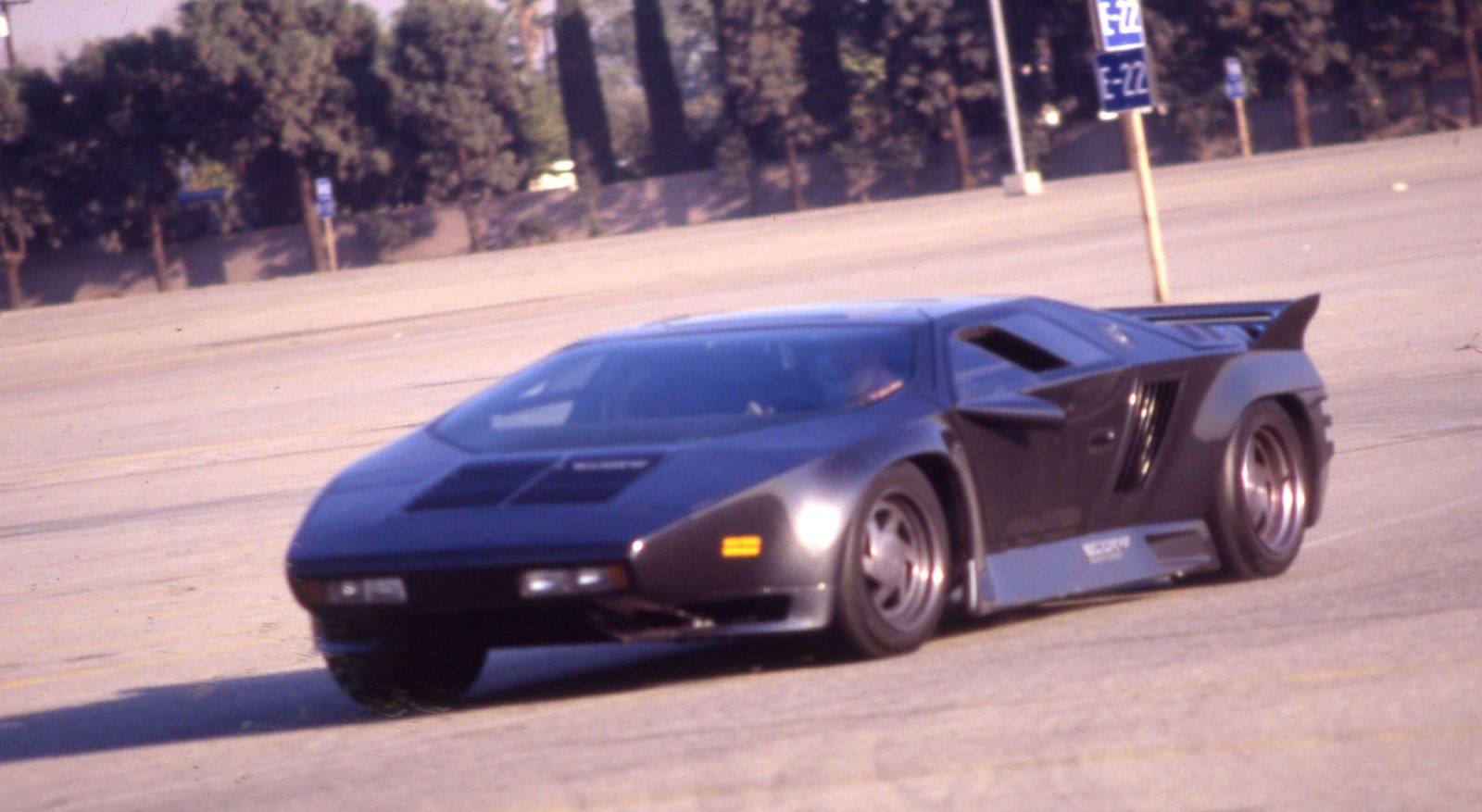
Raw, immediate acceleration follows, the kind that forces blood from the tissues of your brain toward the back of your skull; the sort that makes you concentrate on a piece of the road far ahead, because you’ll be there in the time it takes to sneeze.
The electronically controlled wastegates intervene at about 7 psi, bleeding off boost with a distinct, hollow whoosh. Back on the brakes hard; hope I didn’t spook the guy in the Datsun B210 ahead of me. A shame we couldn’t have been on an unrestricted stretch of Autobahn to repeat the process in top gear, free from fear of police intervention.
Judging from the W8’s impressive acceleration and wedge shape, we’re tempted to believe it’ll top 200 mph. However, Kostka reports that redline in 3rd is reachable—which works out to 218 mph (including tire growth). Unfortunately, we’ll have to wait for another day to verify this as the car’s top-speed aerodynamics are still being refined.
Later, as we trundle along Pacific Coast Highway, the Vector’s fairly civilized nature becomes apparent. It feels smaller, more nimble than its great width and rather imposing styling would suggest.
The suspension soaks up little bumps with ease, larger ones with composure (and more important without bottoming), and has a firm, slightly jiggly ride quality that reminds me of our long-term Nissan 300ZX Turbo with the shock valving set on Tour. Checking the display screens showed all temperatures and pressures to be normal.


The temperature inside the Vector’s black interior, though, was getting a little high. “Is this car fitted with air conditioning?” I ask in a voice somewhat louder than normal. David nods and pushed a button on the climate control panel. Truly effective a/c in an exotic car is something of a rarity, but a strong blast of cool air issues forth almost immediately from several black-anodized eyeball vents.
Before long, we turn north toward the foothills and some challenging canyon roads. During testing the day before, the Vector had generated 0.97g on the Pomona skidpad, the highest number we’ve ever recorded for anything other than a race car. On these roads, the massive footprint of the Michelin XGT Plus tires (255/45ZR-16s front, 315/40ZR-16s rear) does much to inspire confidence. Turn-in is immediate and razor sharp, and the flatness of its cornering stance is remarkable.
The sizable windshield pillars tend to block the view of the apexes of tight-radius corners we encounter, and on these, the 82.0-in.-wide Vector feels a bit like a bull in a china shop. This car yearns for big, sweeping turns where the throttle can be held down and its enormous power and grip can be precisely and confidently used. As we blast through some of these big-radius bends, it’s not too much of a stretch to imagine we’re driving an endurance-racing Porsche.
And Peter Schutz, chairman of the board and CEO of Porsche from 1981 through 1988, and member of Vector’s Advisory Board since 1989, wouldn’t shrug off that comparison. “This is really more like doing a 962 or a 956 than it is doing any kind of production car,” he says. “And I think this car goes beyond the technology that went into the race cars that I had anything to do with in the early Eighties.” Hats off to Gerald Wiegert and his team of dedicated engineers, and to all others with the fortitude and determination to have their dreams see the light of day.

